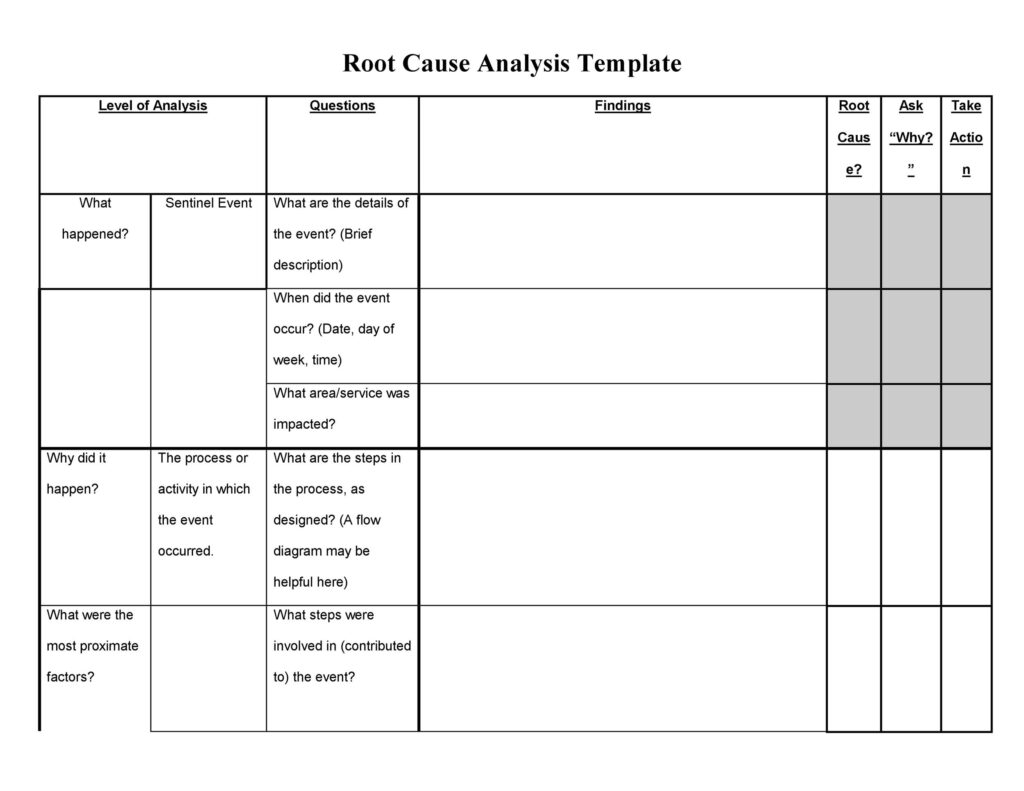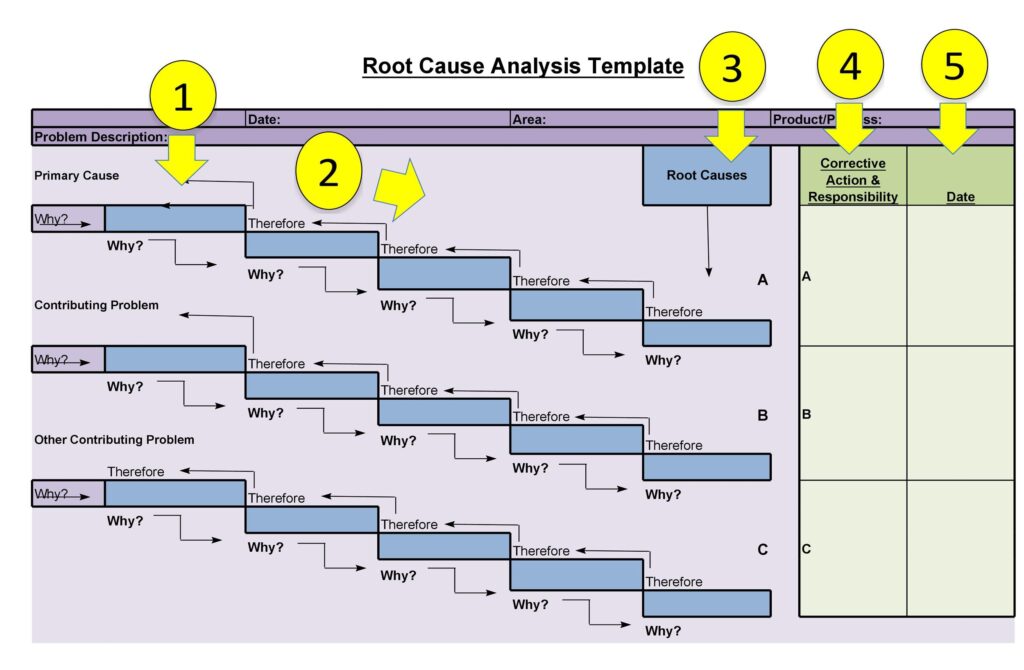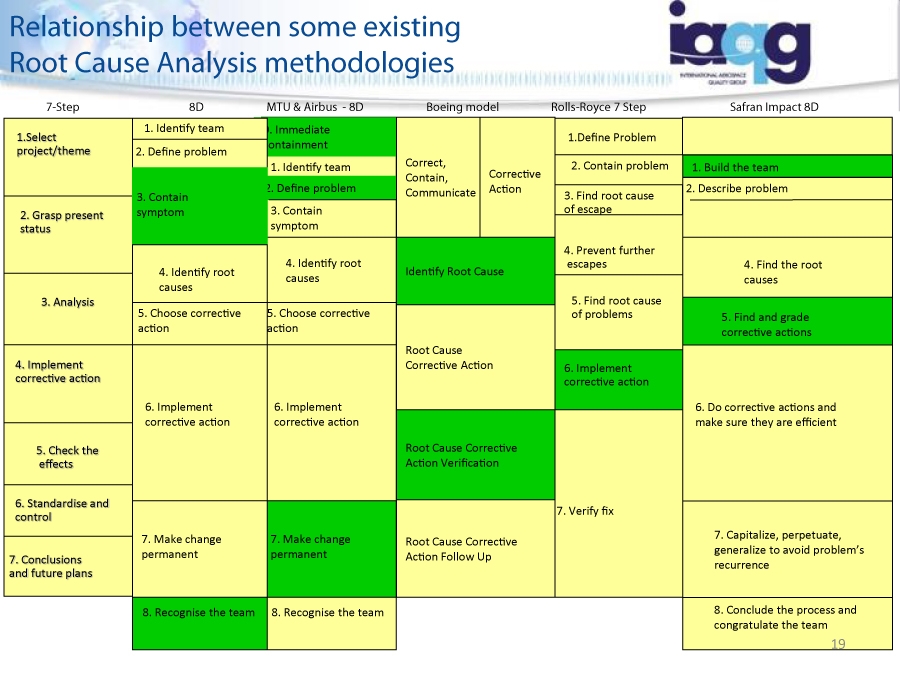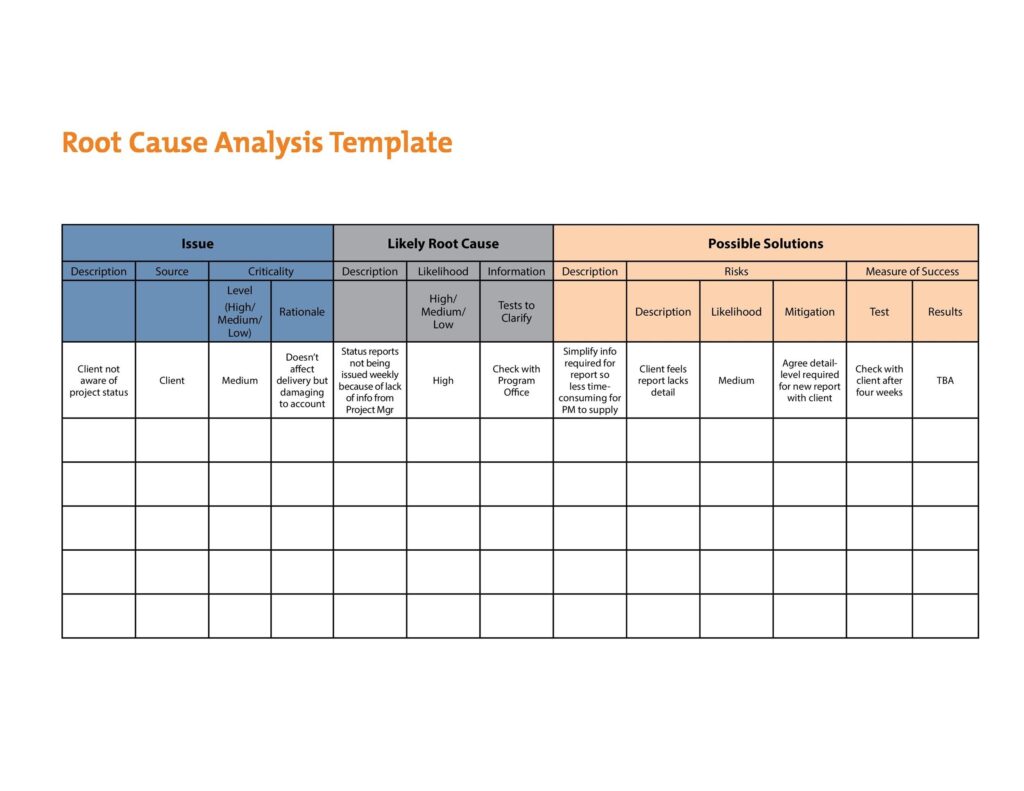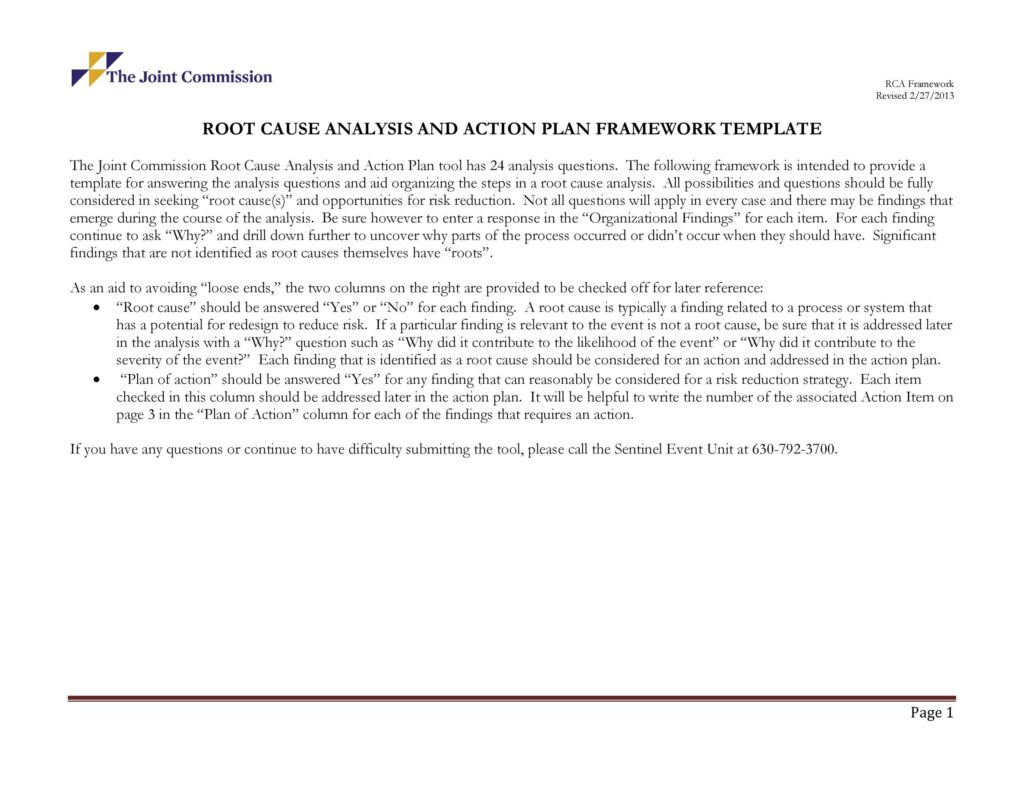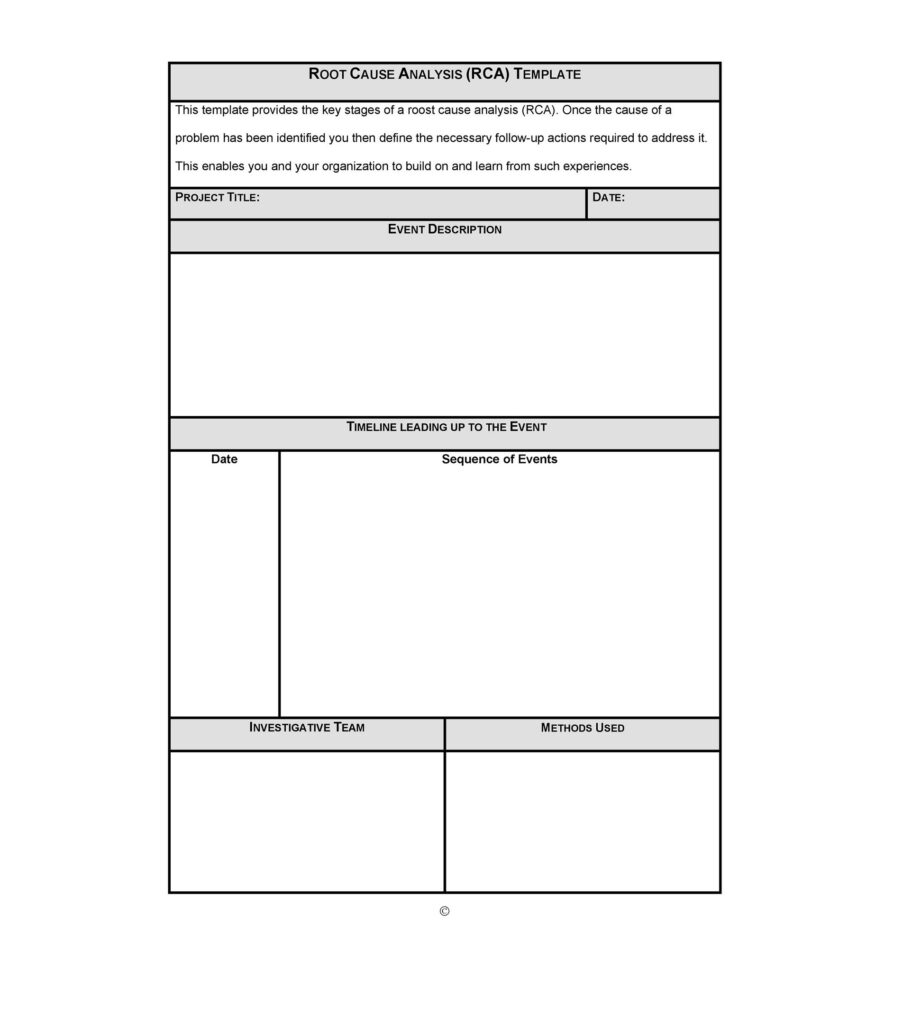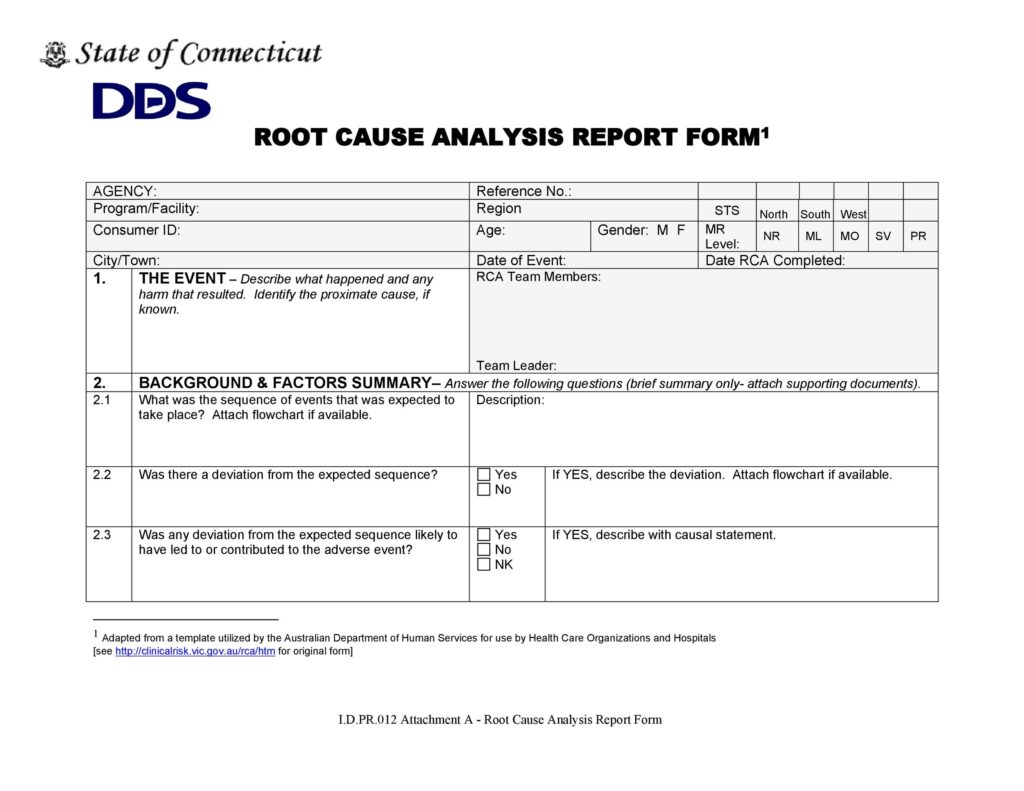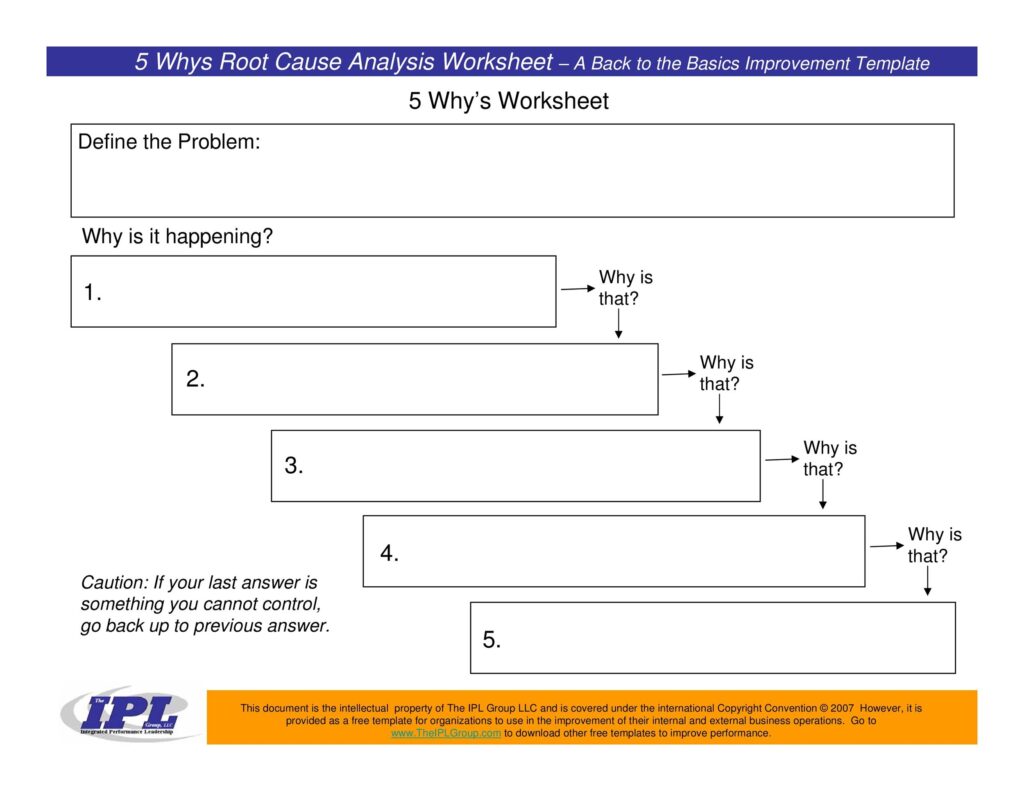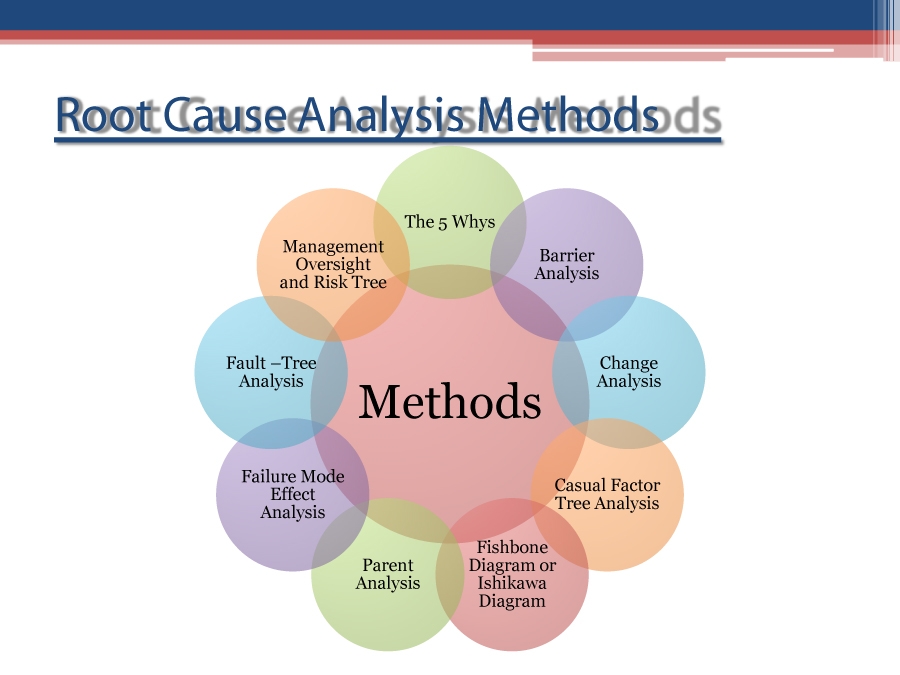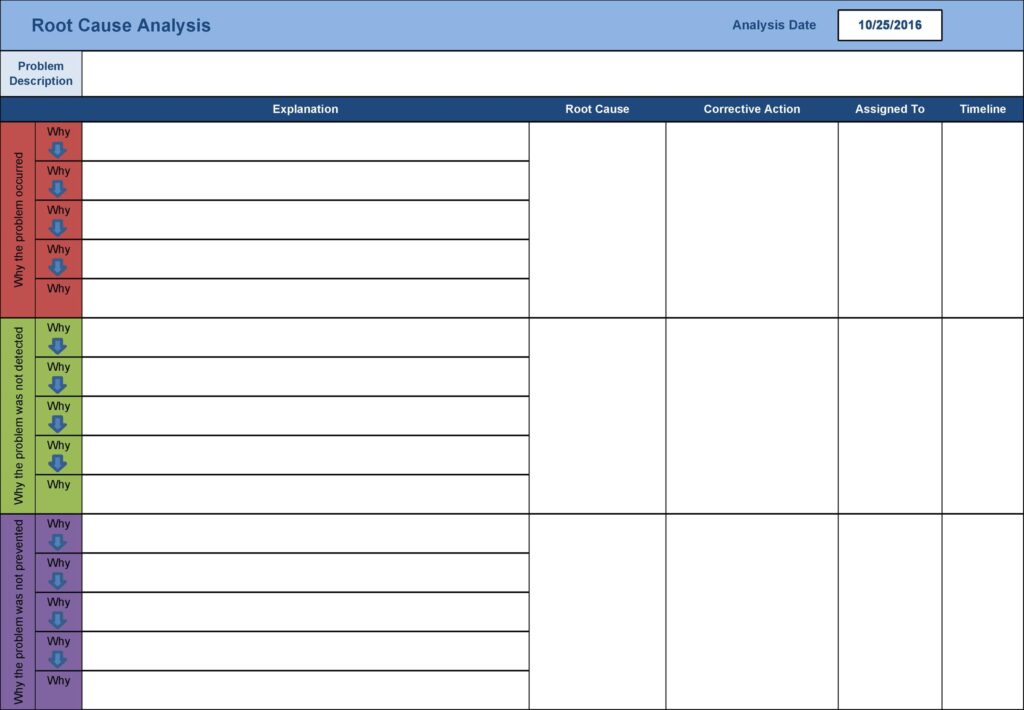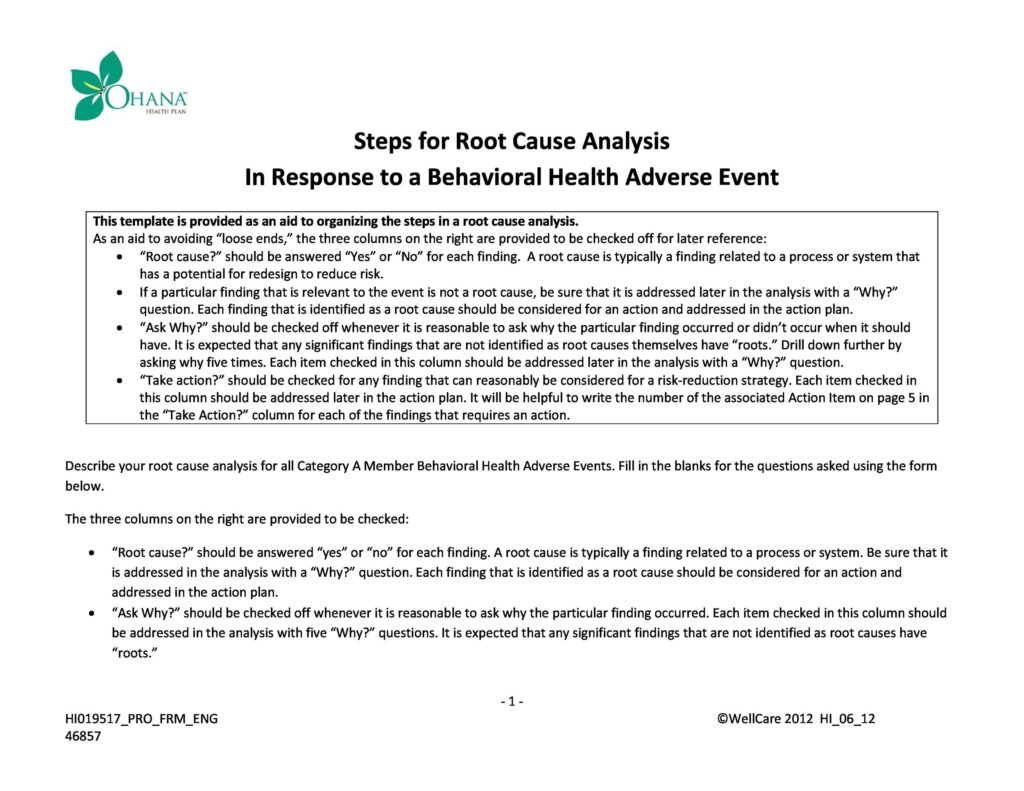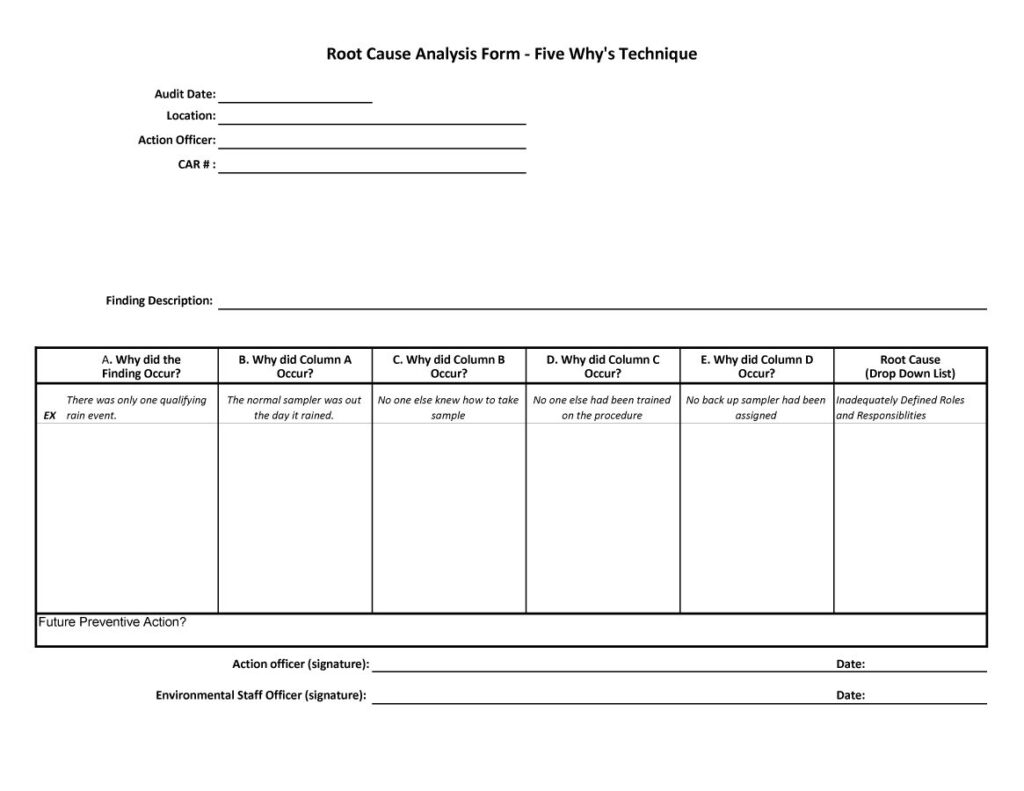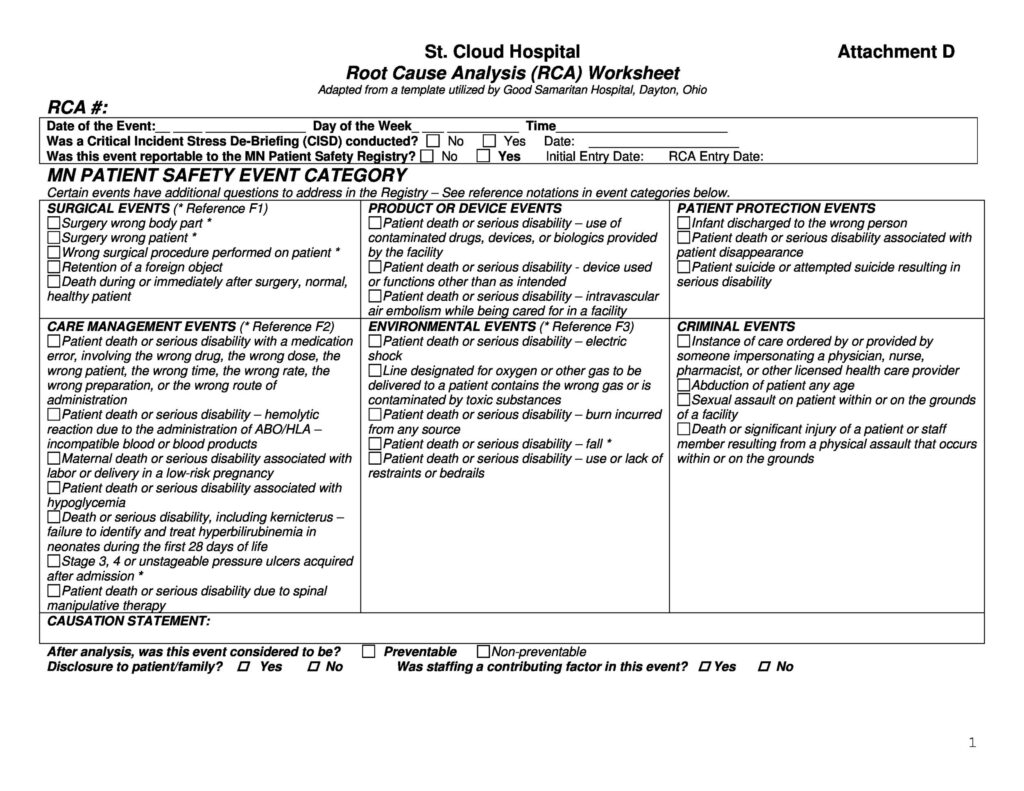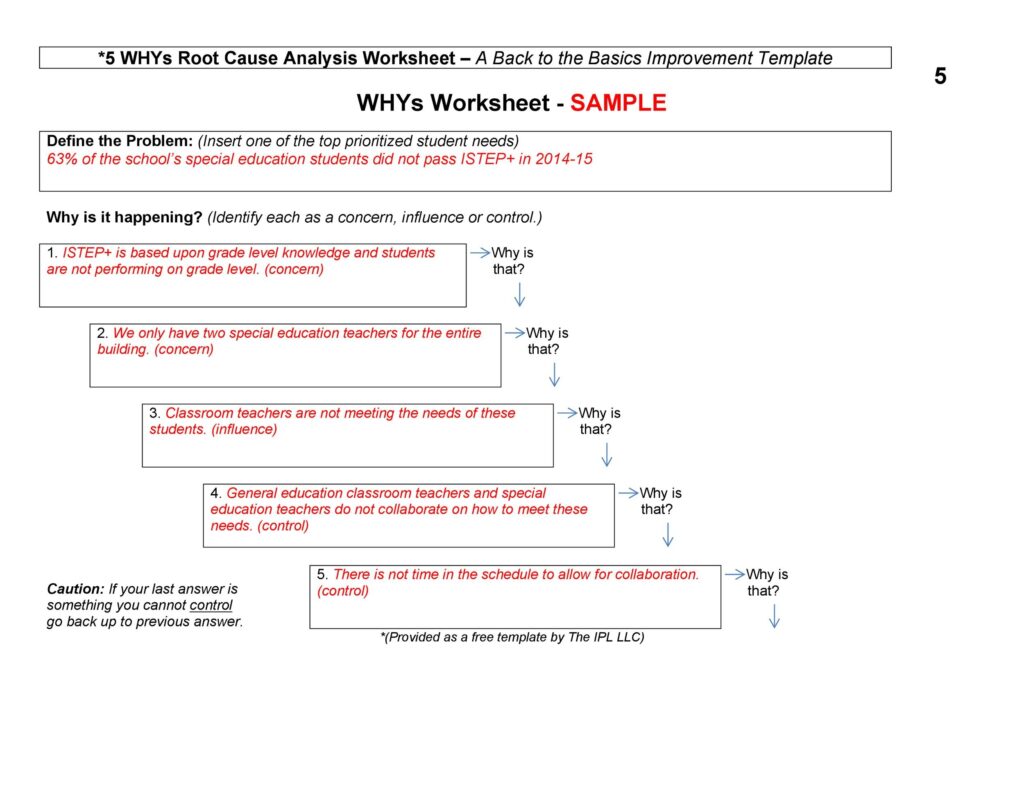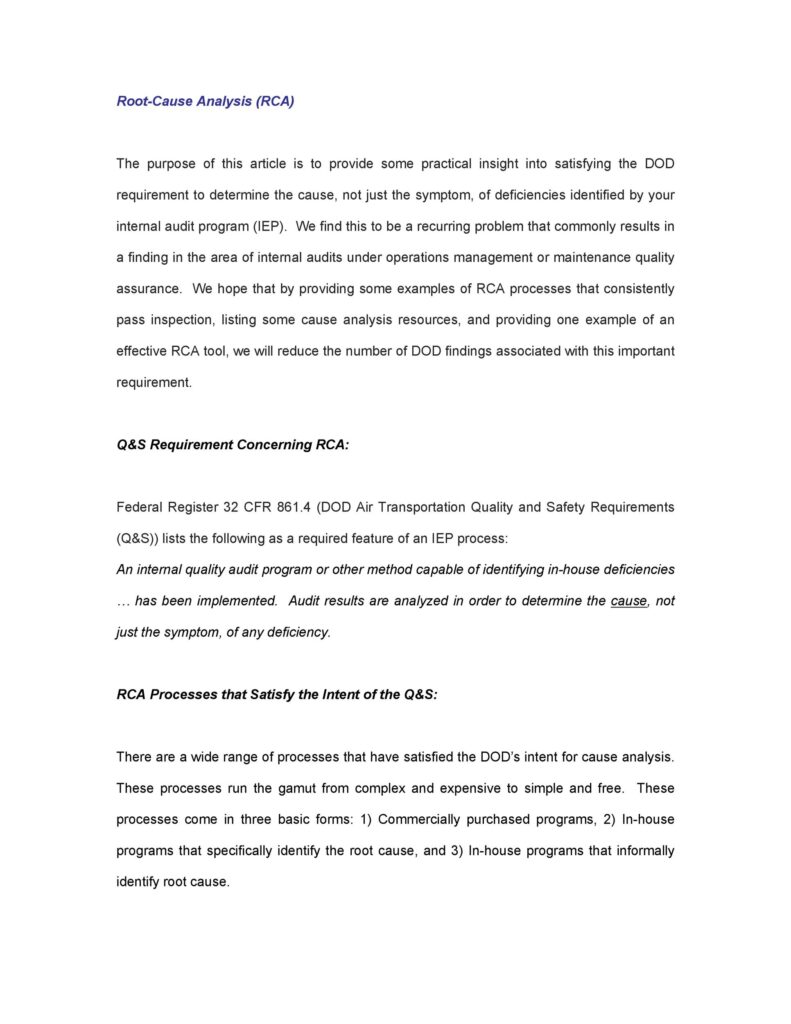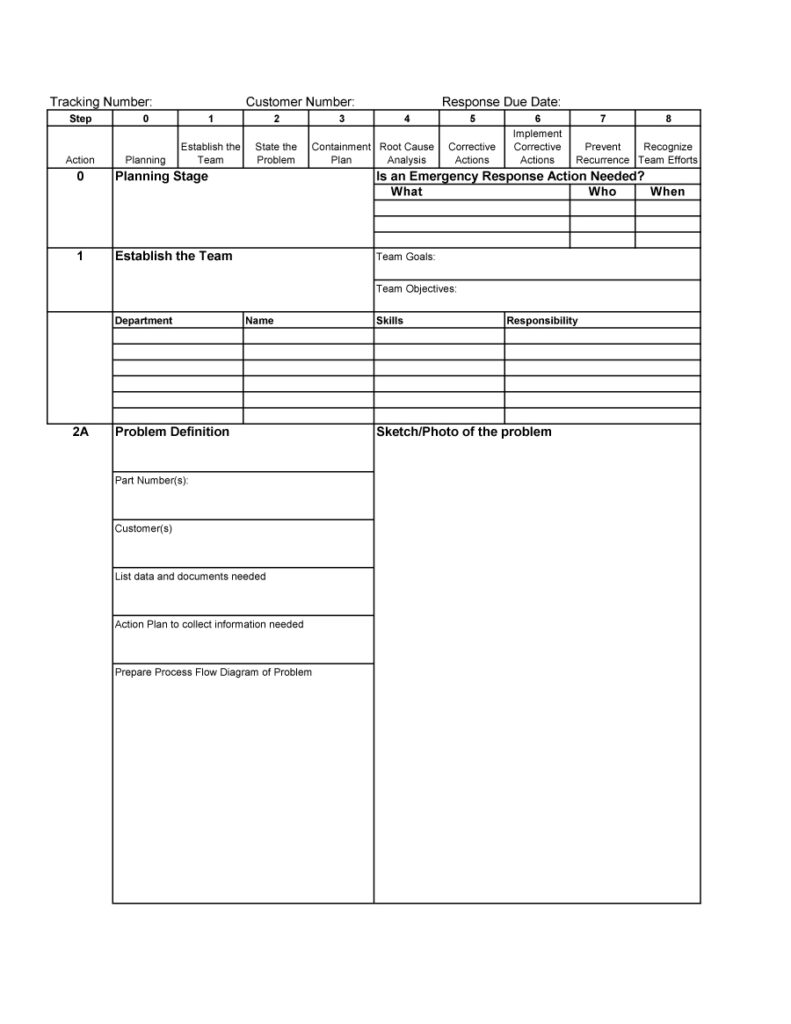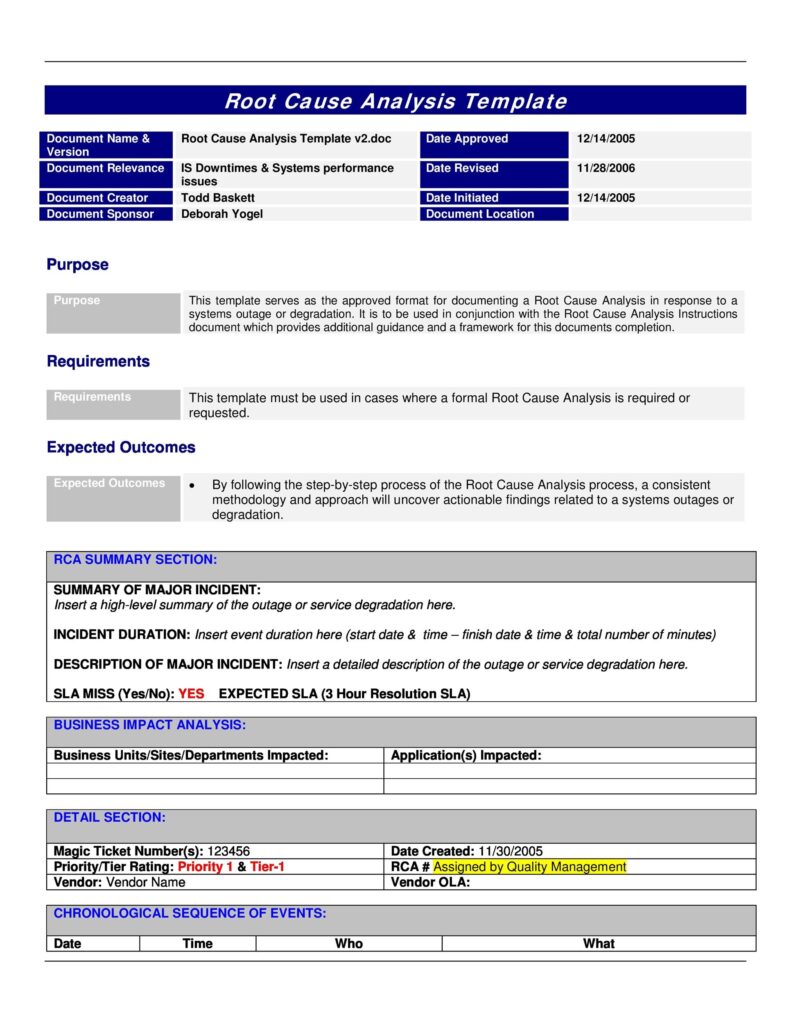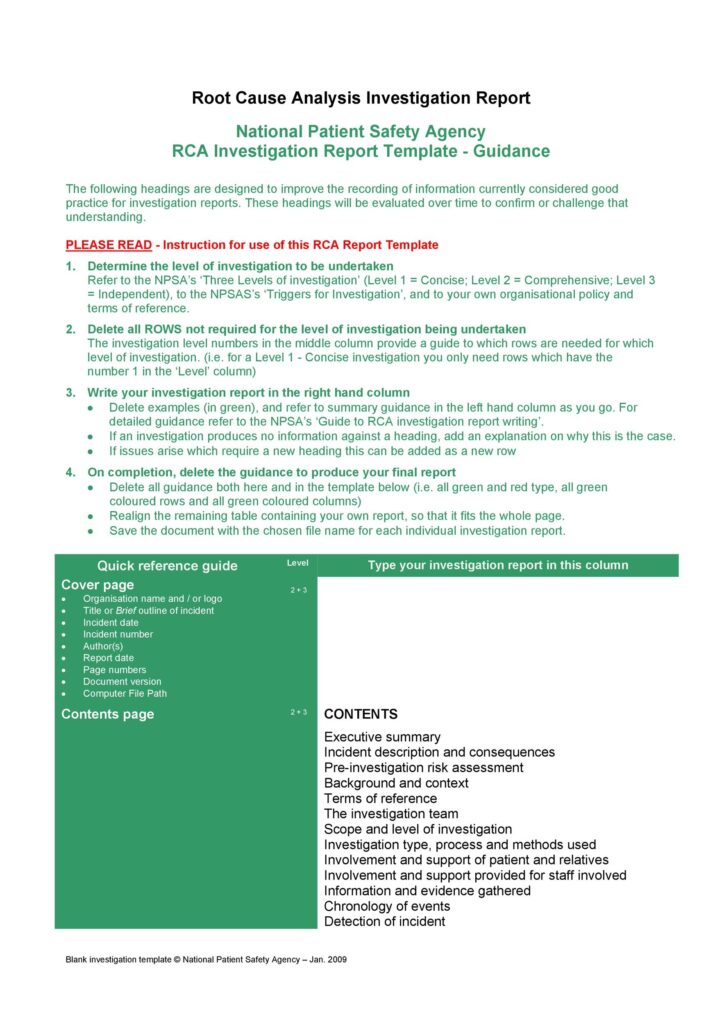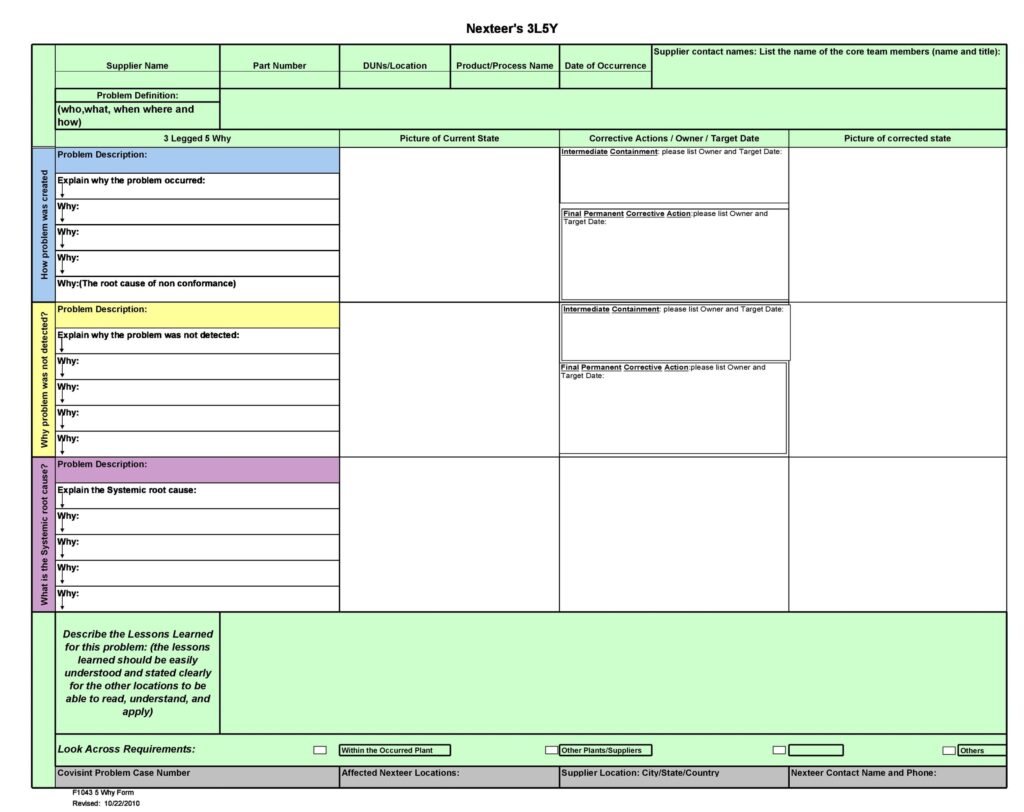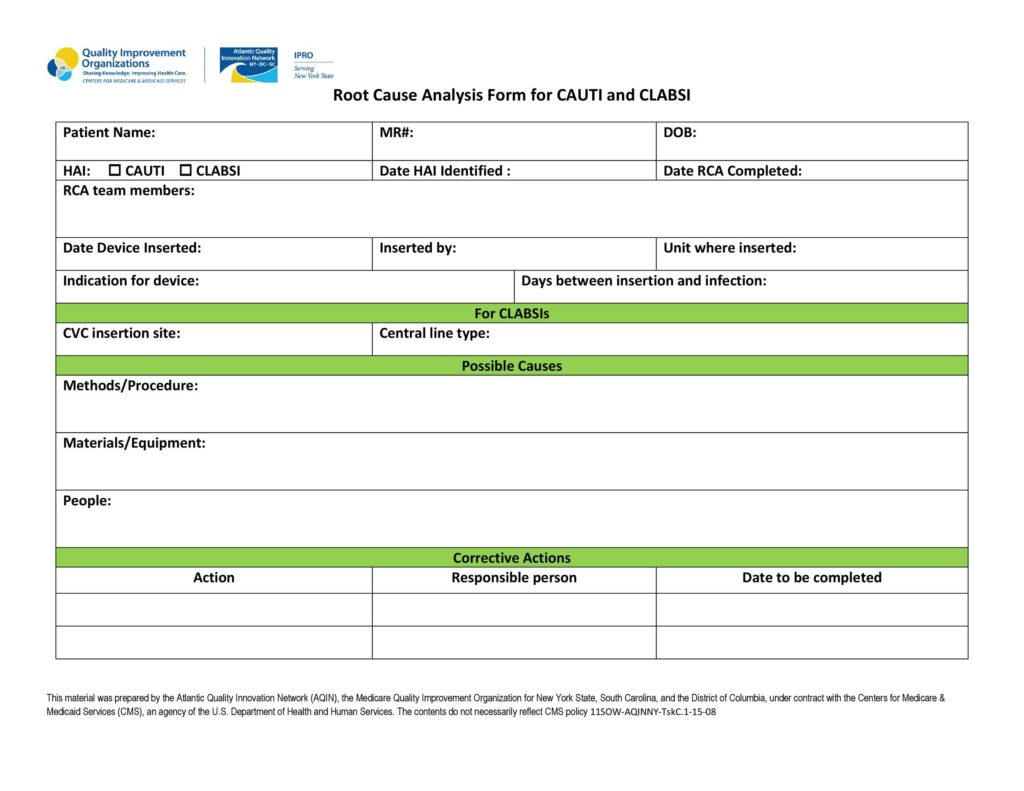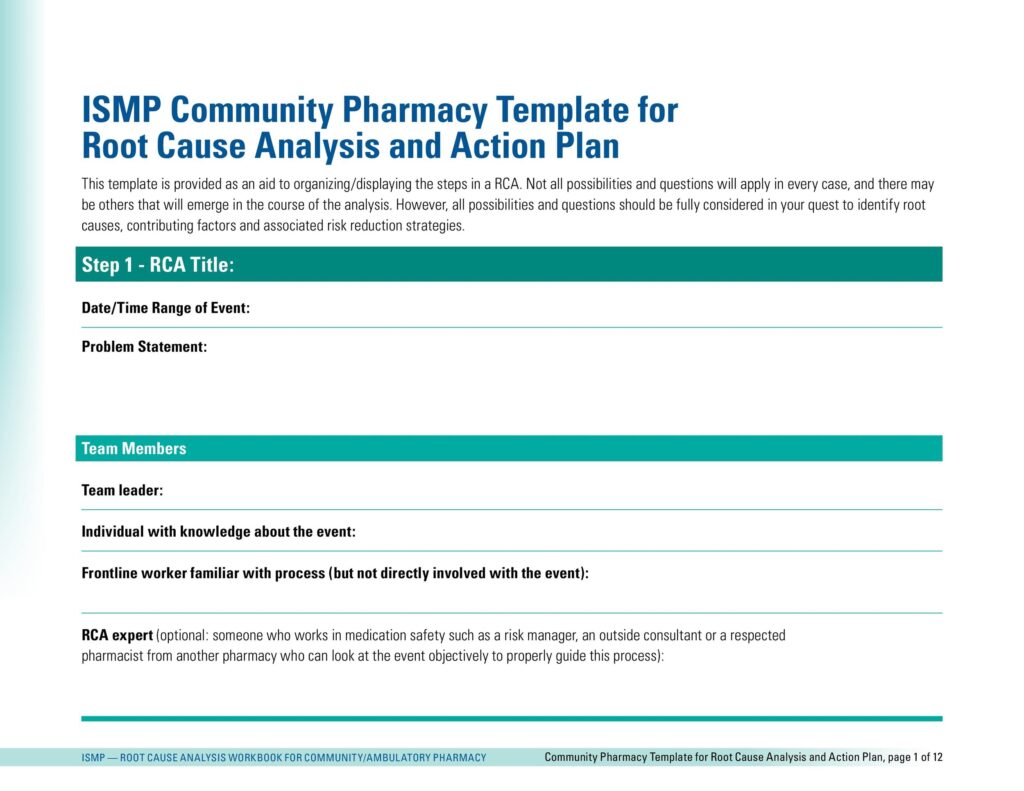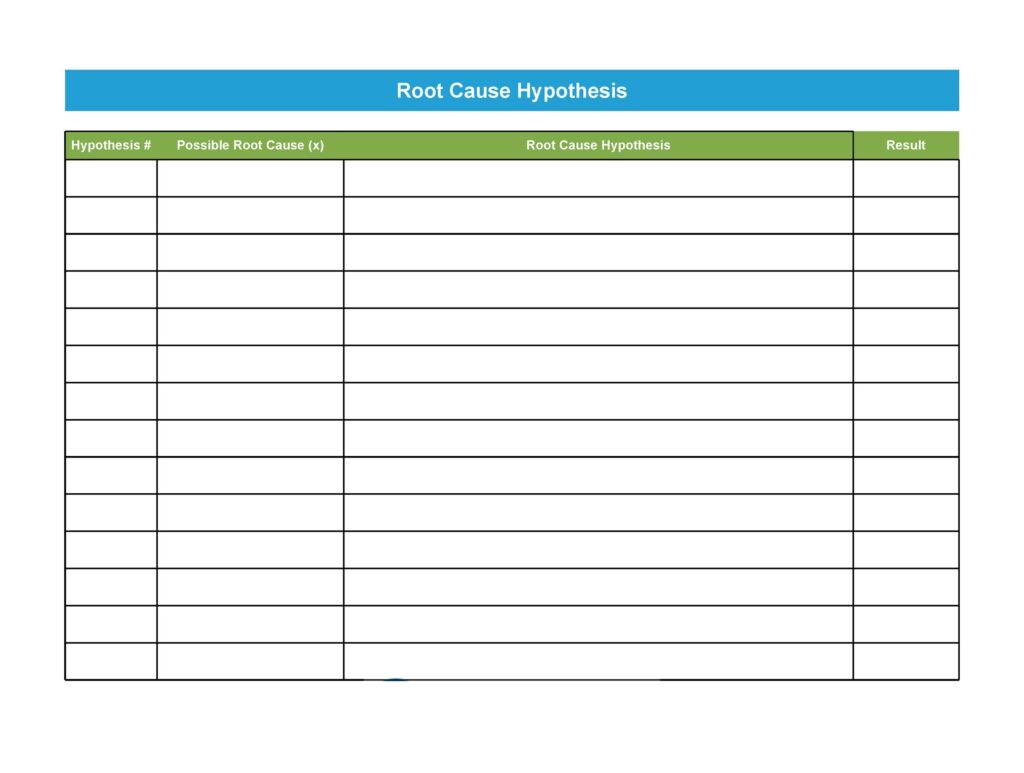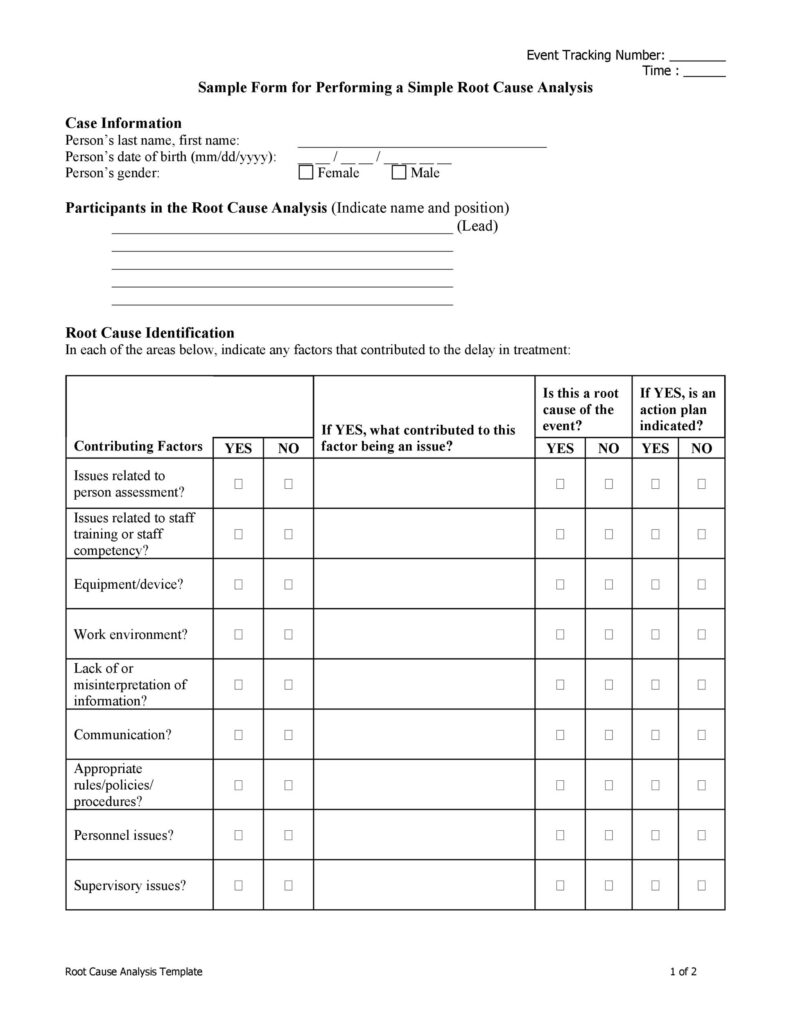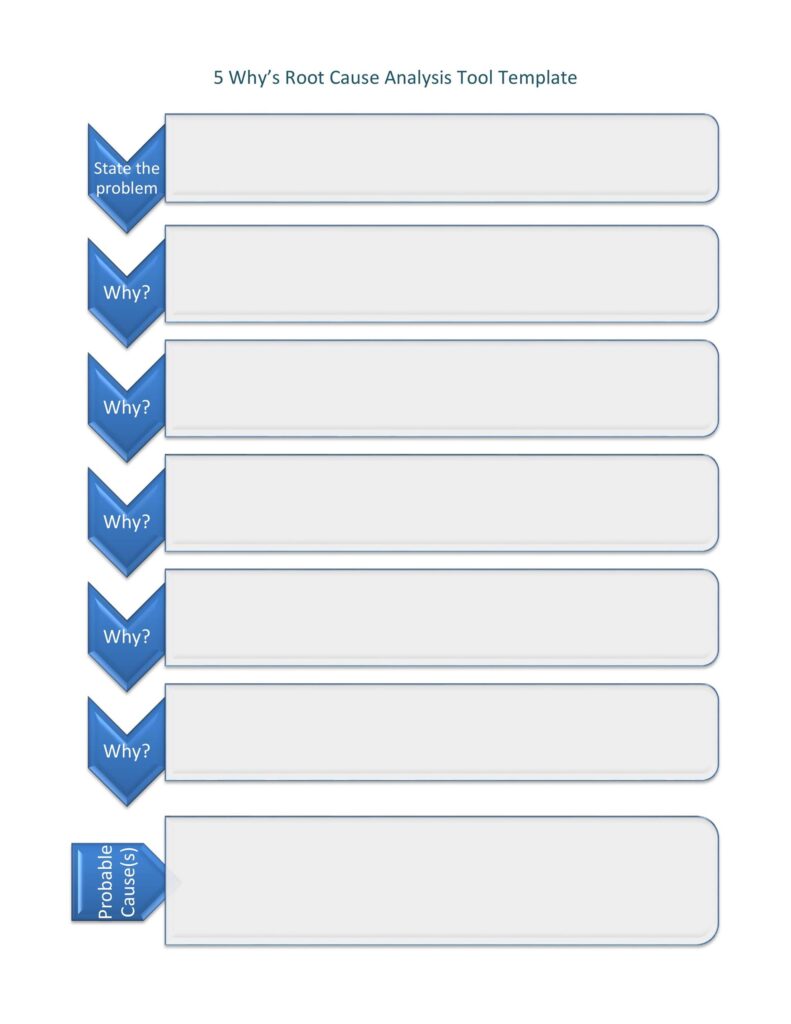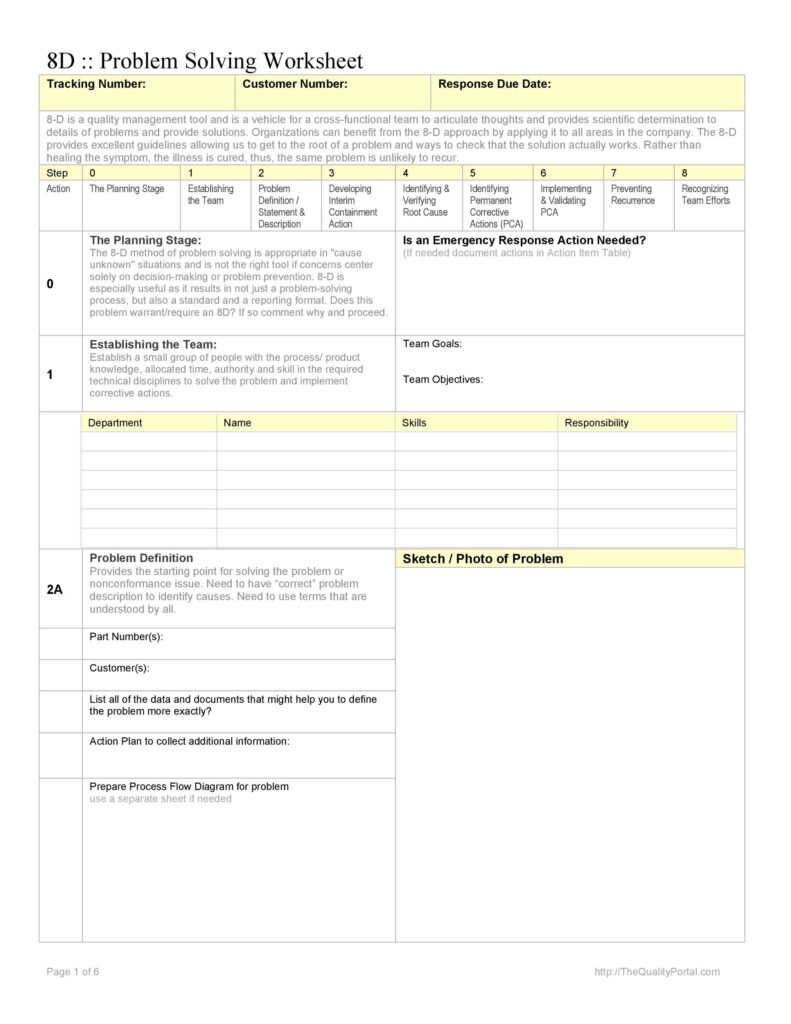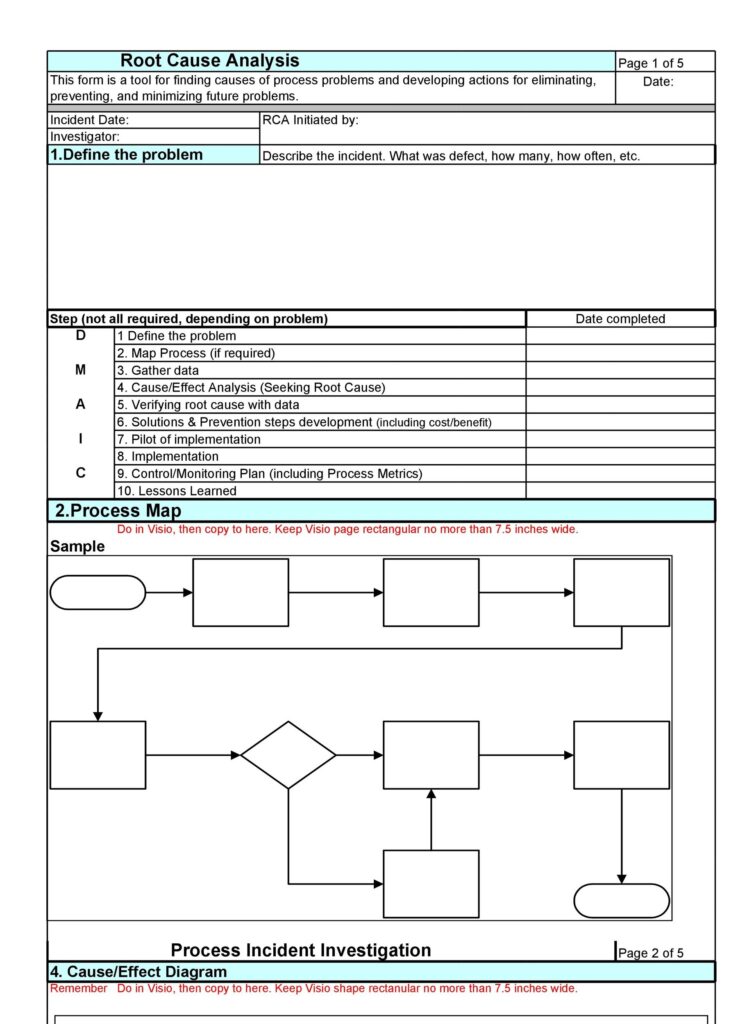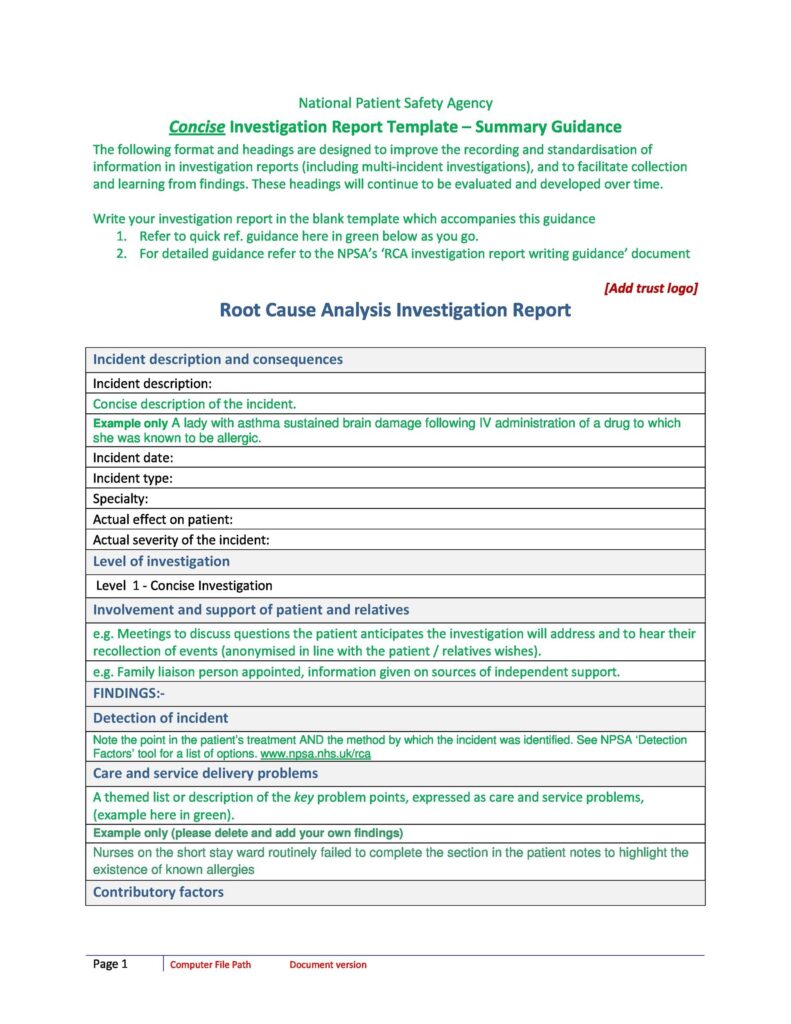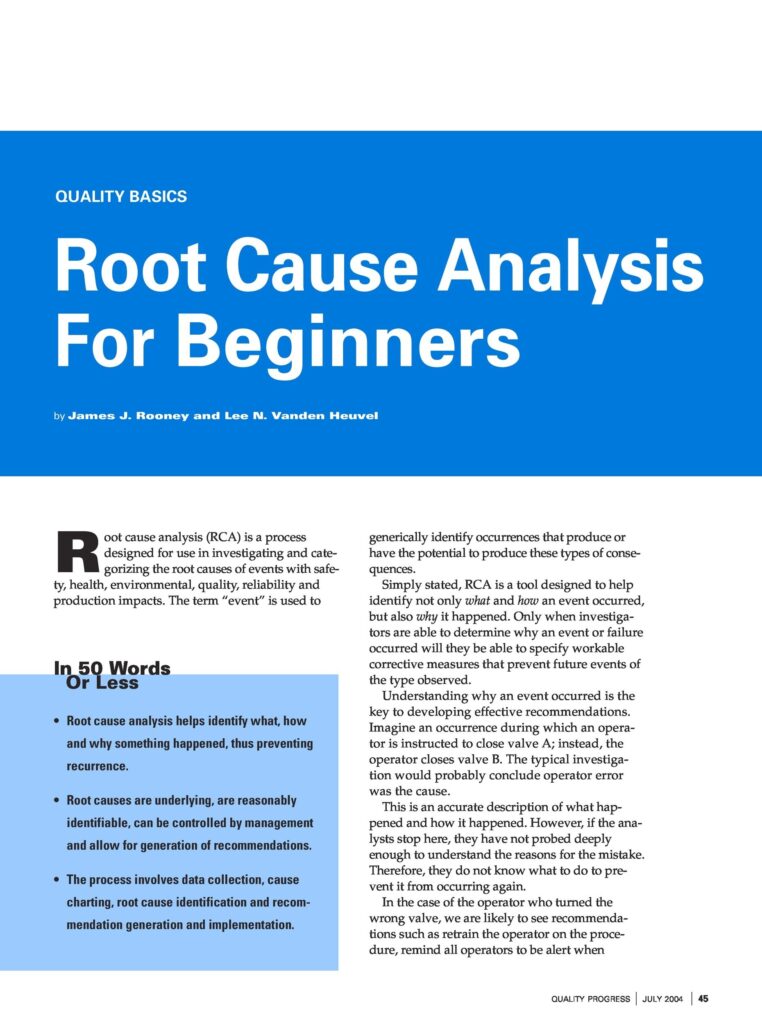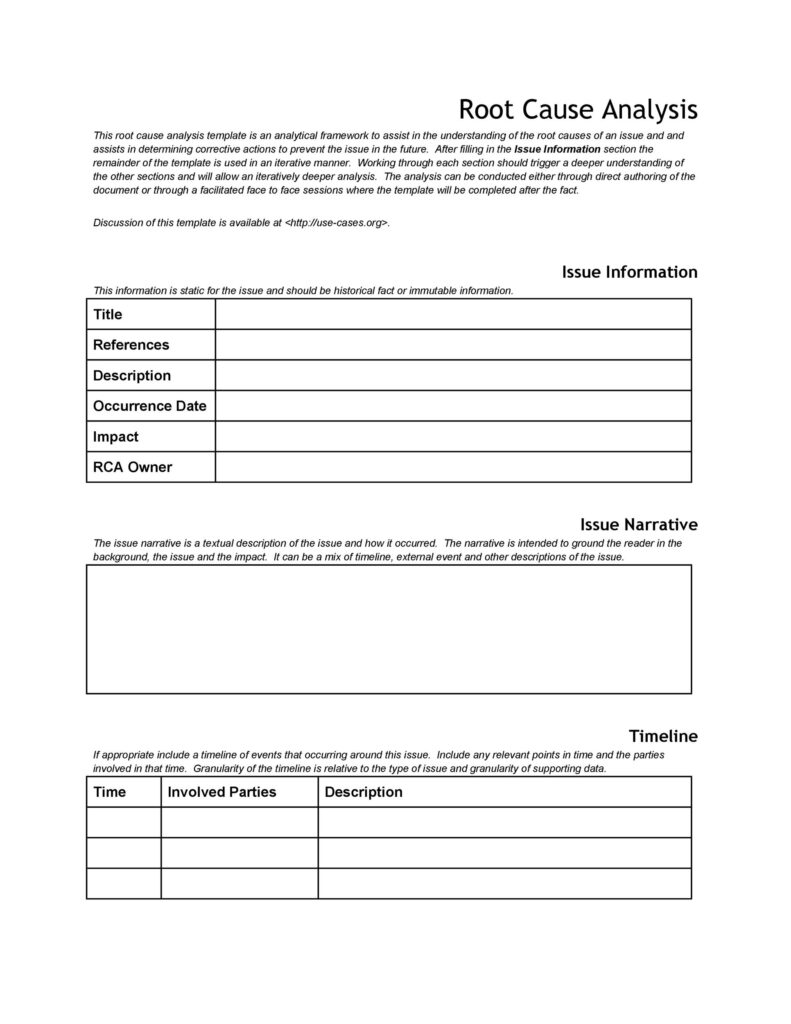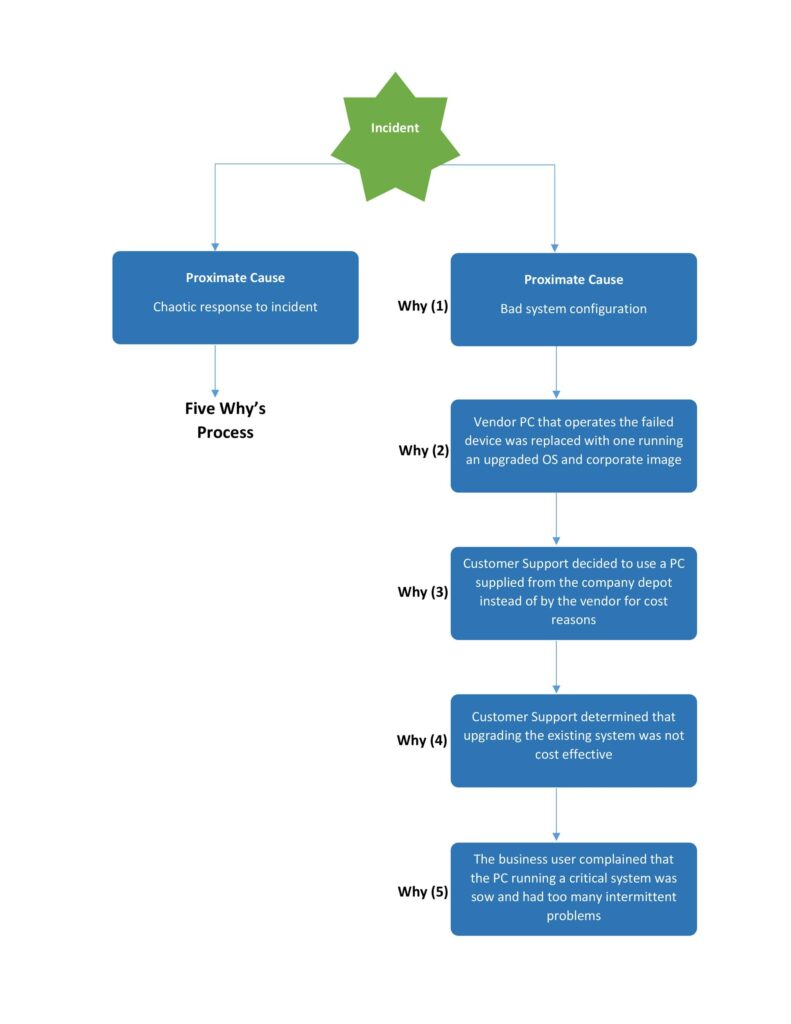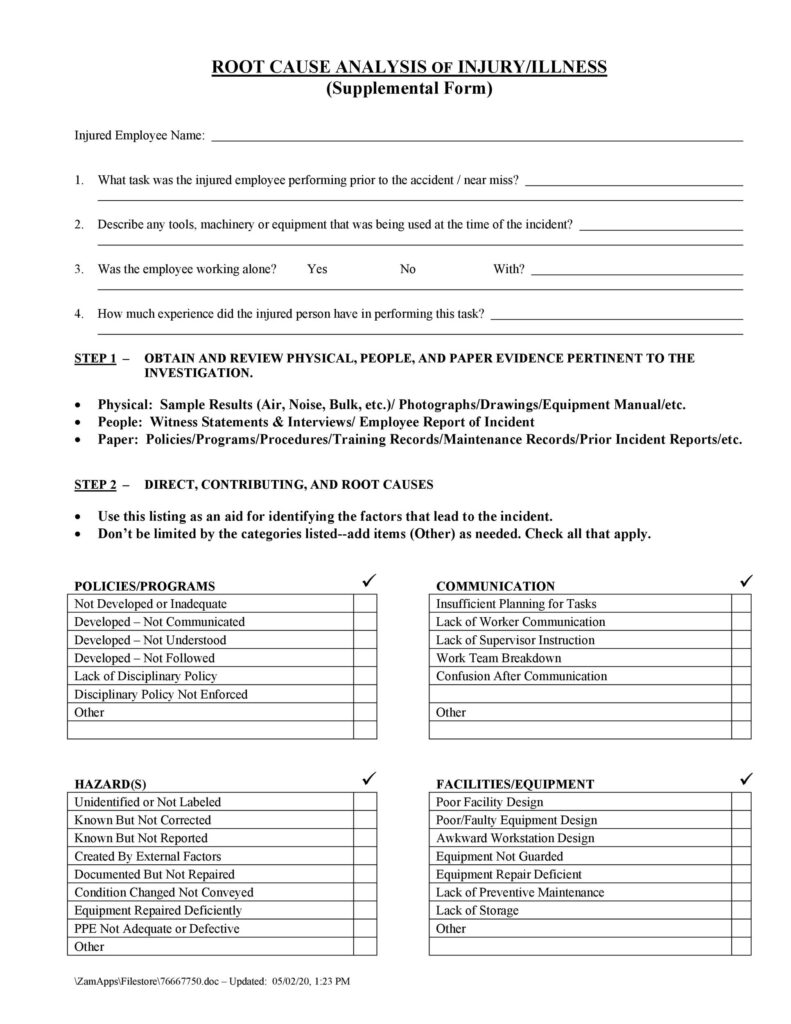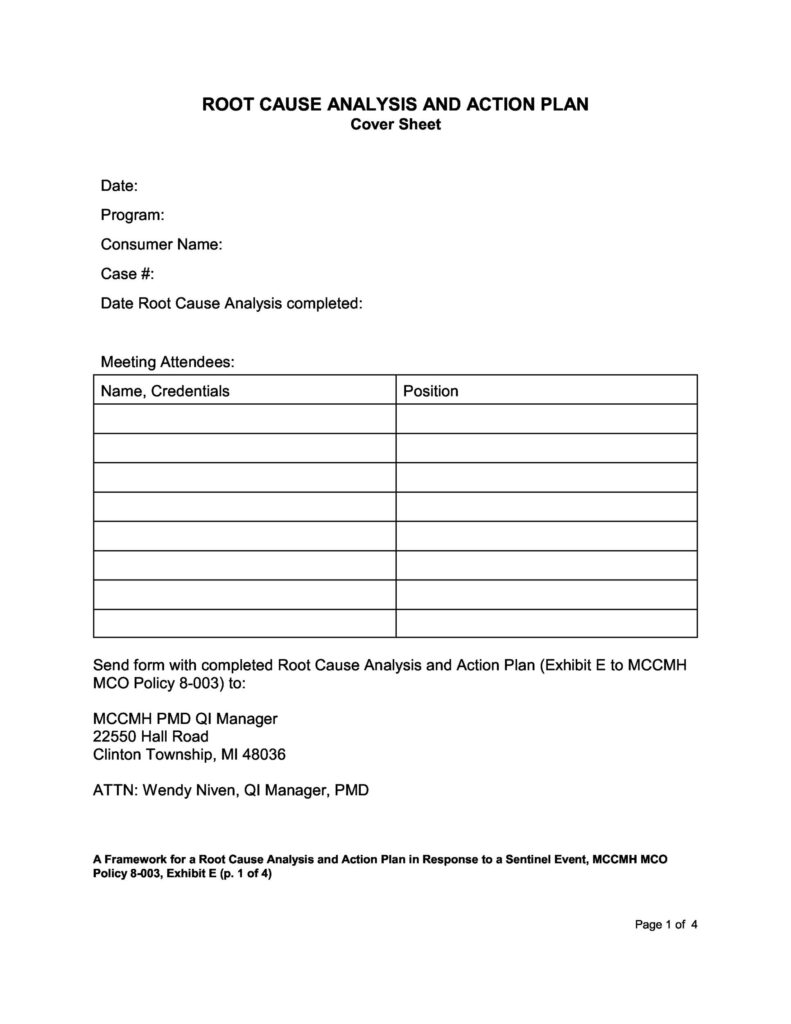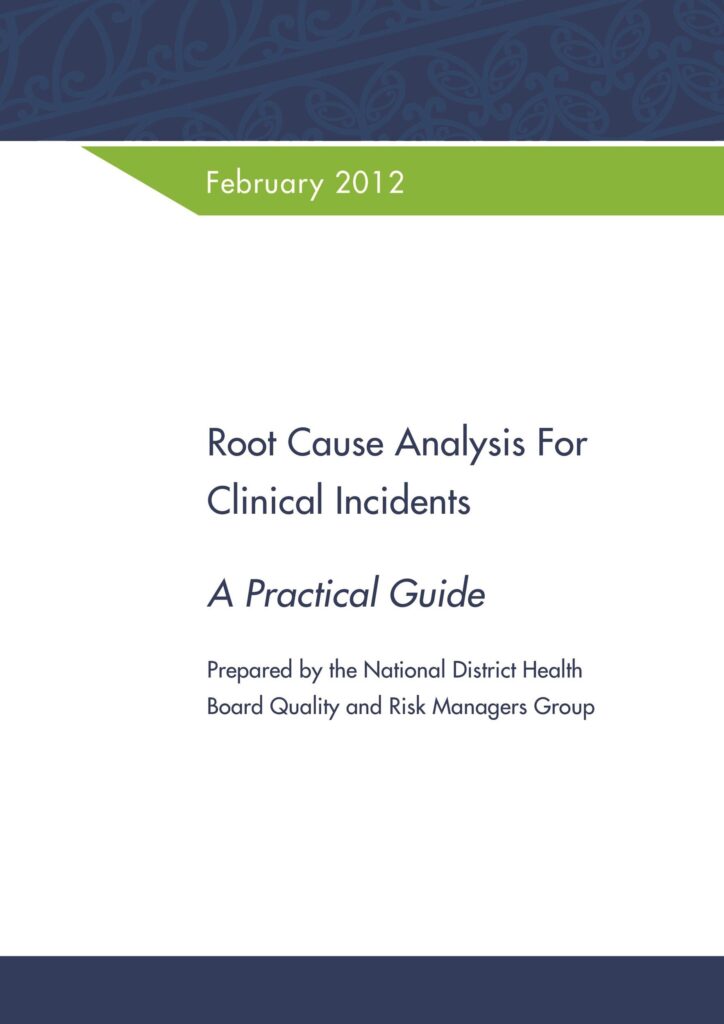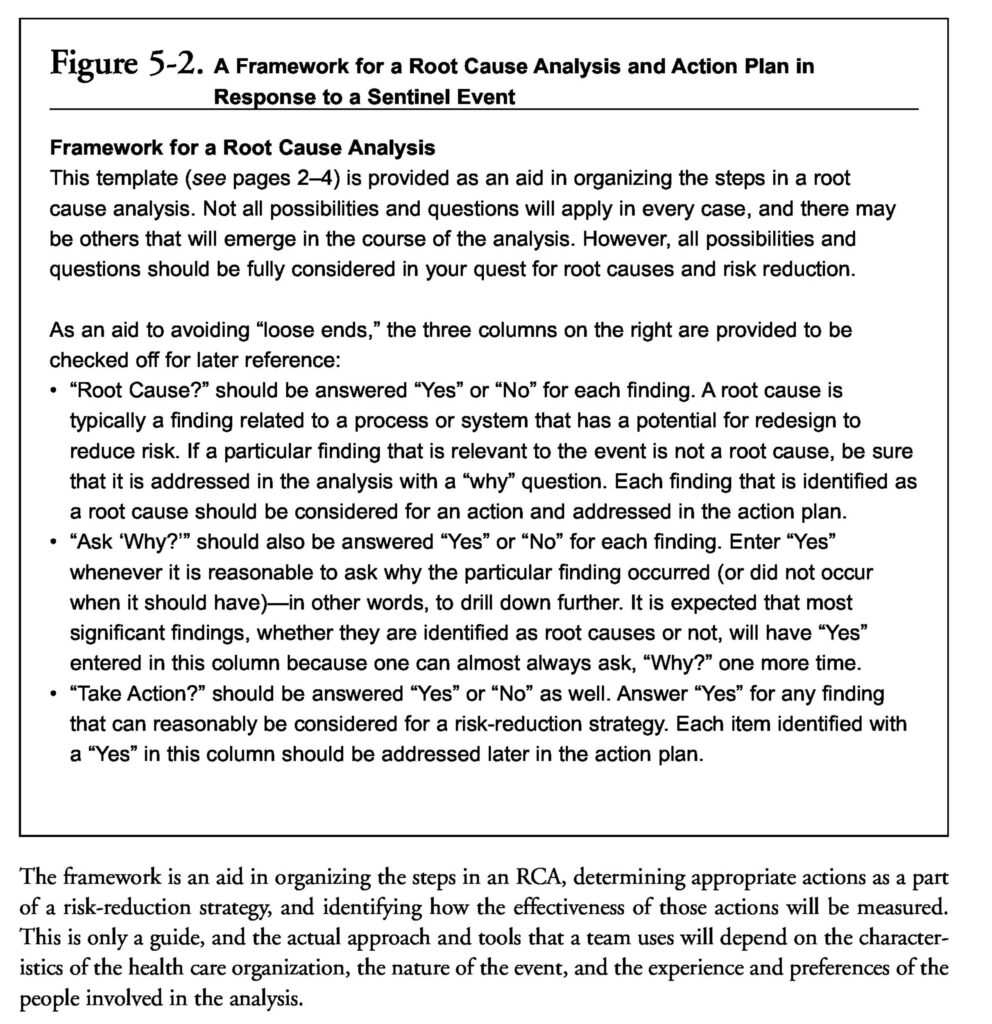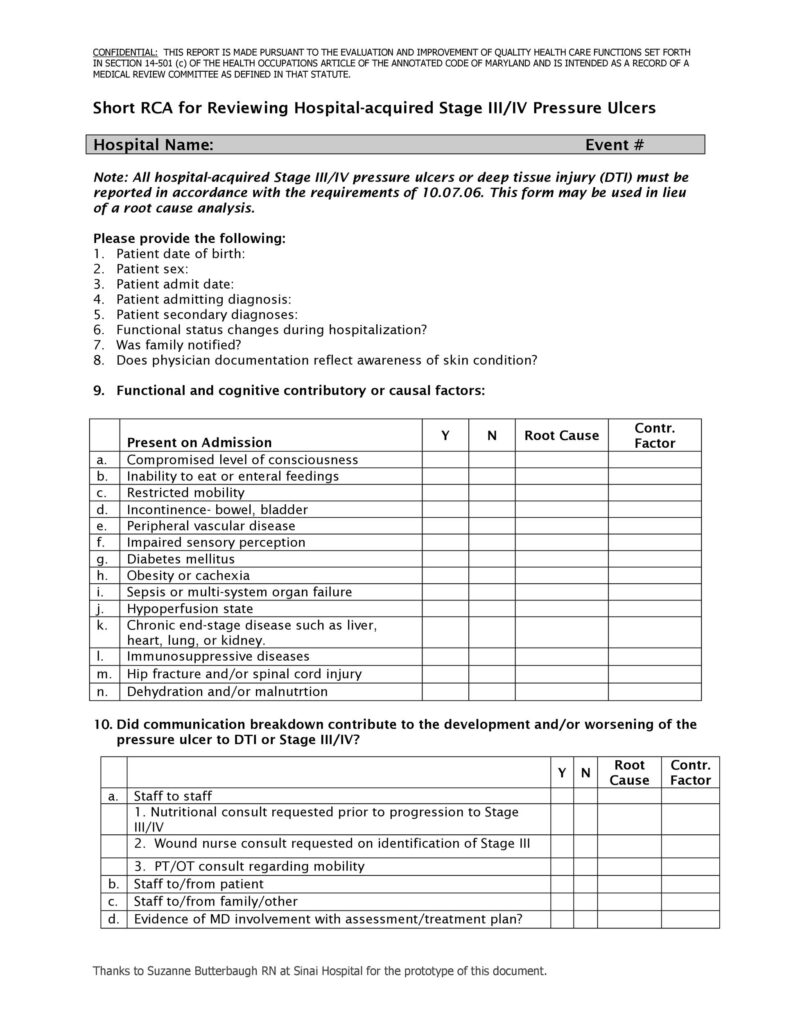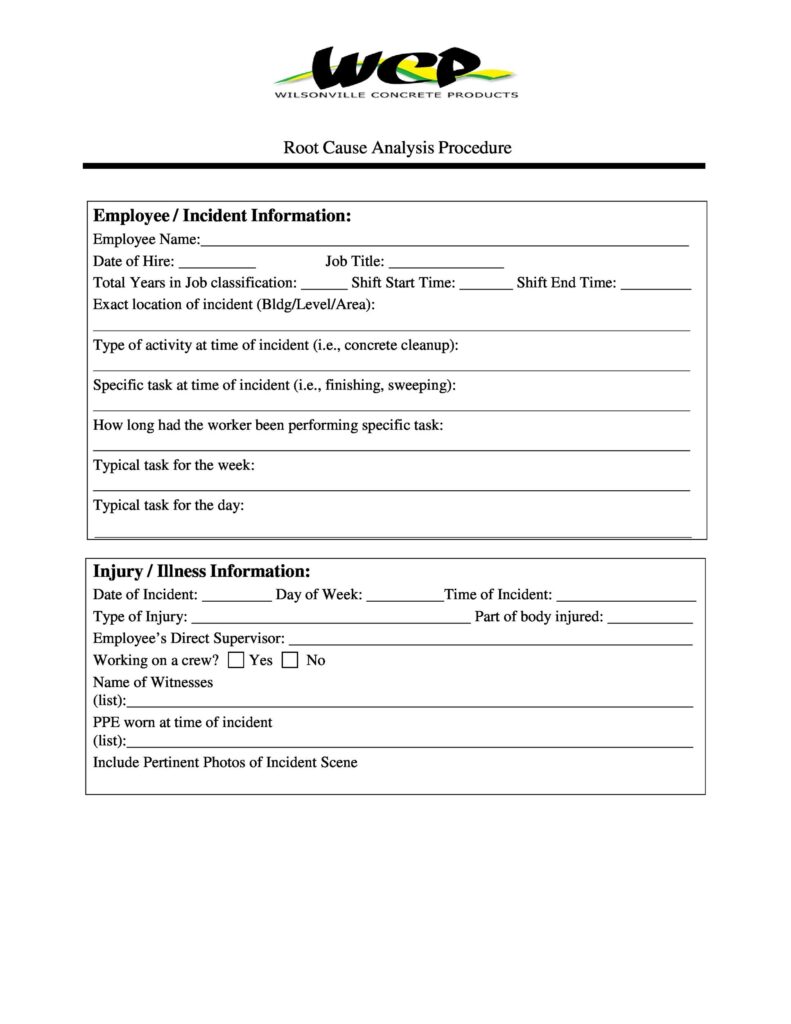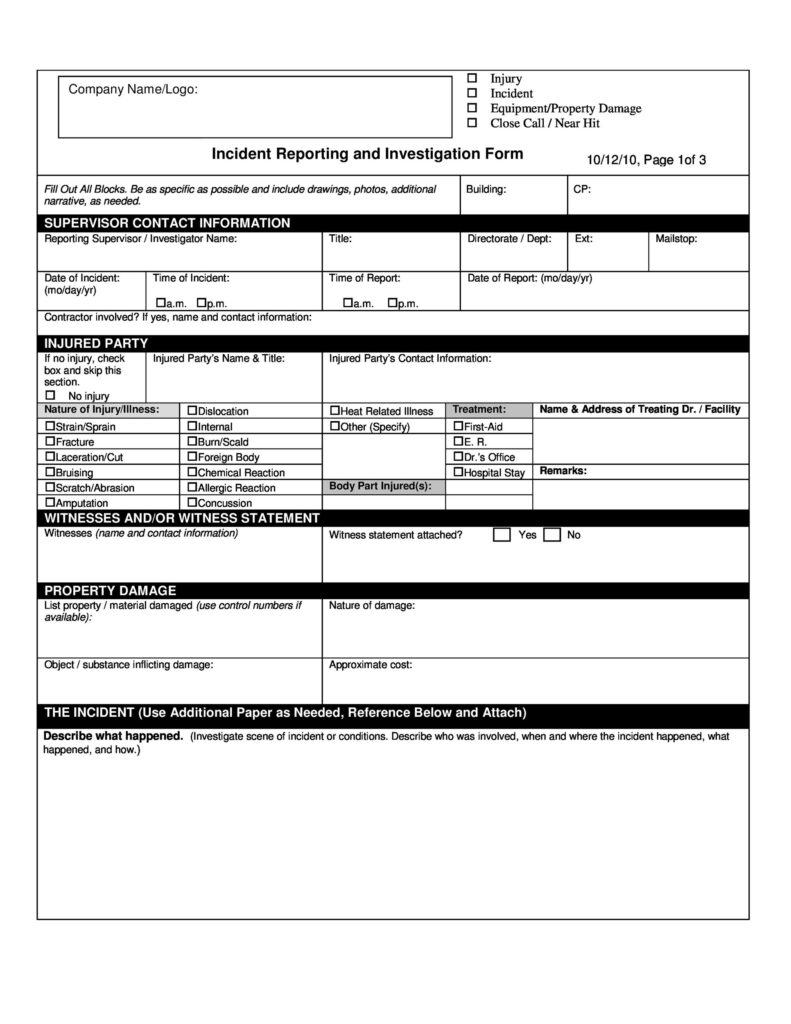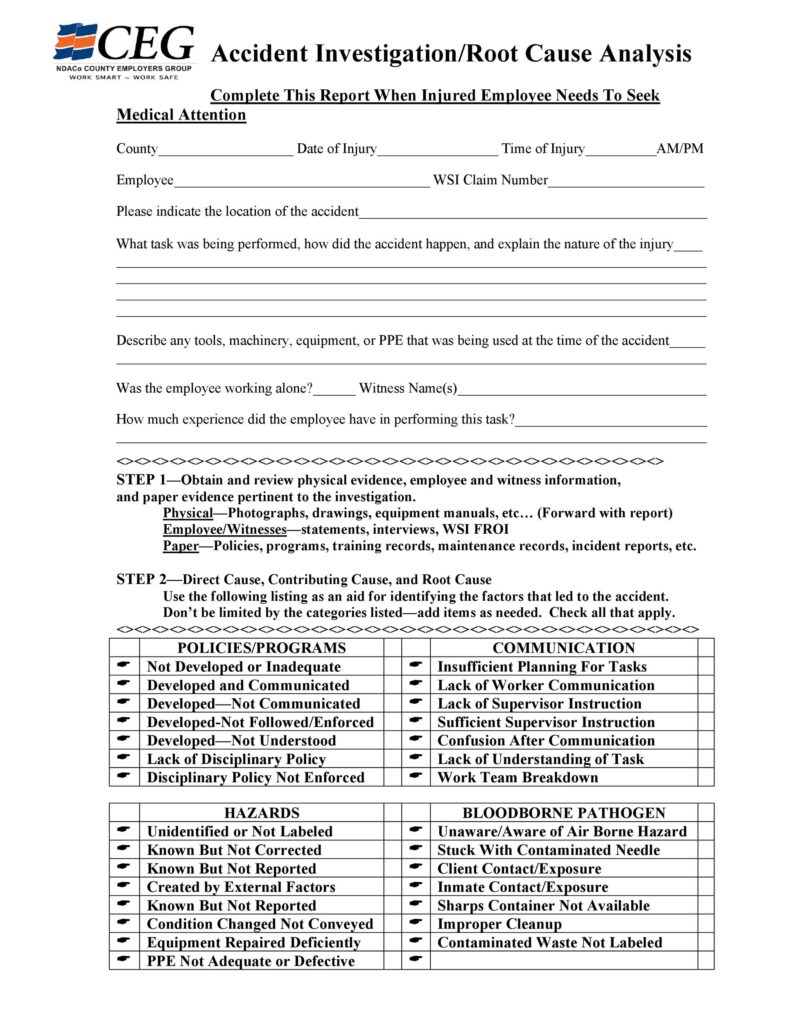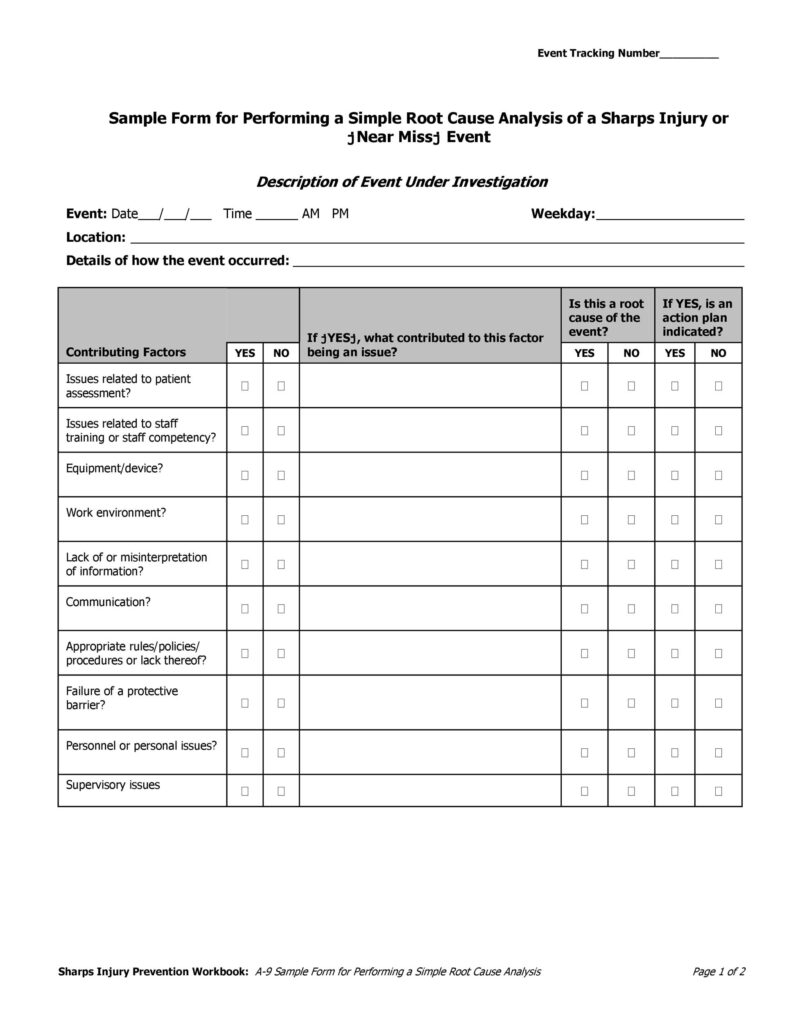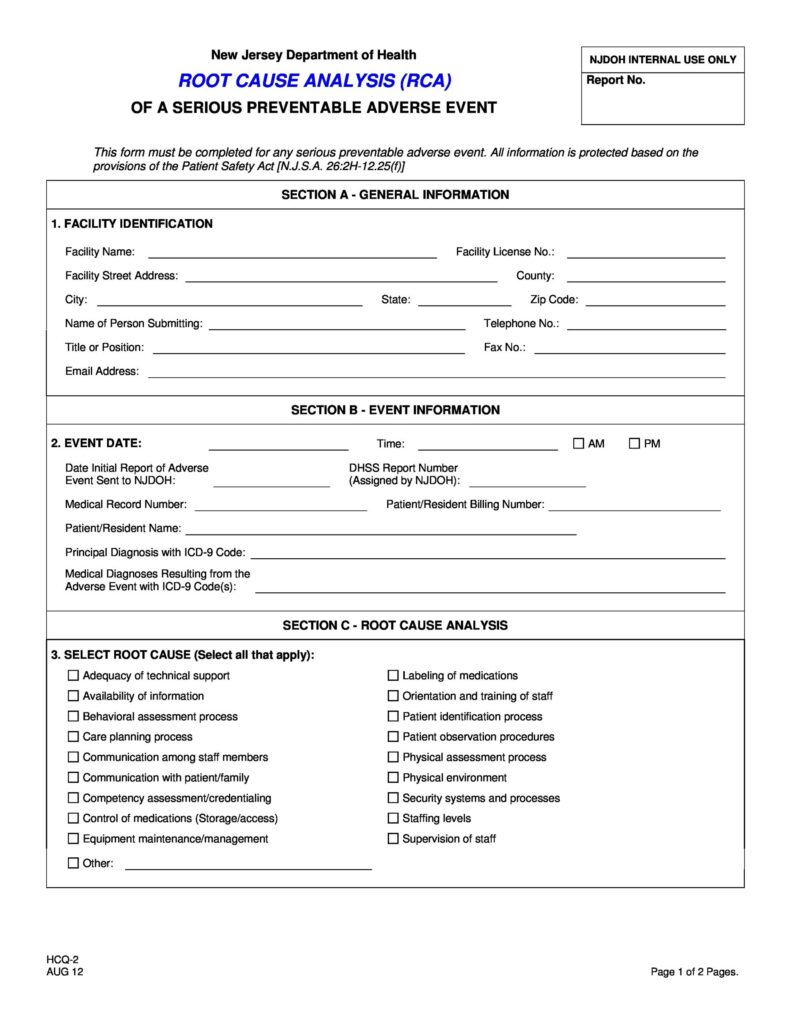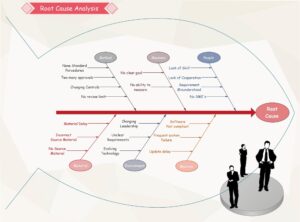Root cause analysis (RCA) is the method of discovering the root reasons of problems with a cause to identify appropriate solutions. RCA assumes that it’s miles much greater effective to systematically prevent and solve for underlying issues rather than just treating advert hoc symptoms and putting out fires.
Root cause analysis can be carried out with a group of concepts, techniques, and methodologies that may all be leveraged to pick out the root reasons for an occasion or trend. looking past superficial reason and impact, RCA can display where strategies or structures failed or triggered a problem in the first place.
Goals and benefits
- the first goal of root cause analysis is to find out the root cause of trouble or occasion.
- the second aim is to absolutely recognize how to restore, compensate, or analyze any underlying problems inside the root reason.
- the goal is to apply what we research from this analysis to systematically save you future problems or to repeat successes.
Root cause analysis is best as precise as what we do with that analysis, so the third intention of RCA is important. we will use RCA to also adjust middle technique and device problems in a way that prevents future issues. in preference to just treating the symptoms of a soccer participant’s concussion, as an instance, root reason analysis may recommend carrying a helmet to reduce the threat of destiny concussions.
treating the person’s signs and symptoms can also experience efficient. solving a big wide variety of issues seems like something is getting performed. however, if we don’t certainly diagnose the actual root reason of a problem we’ll in all likelihood have the identical exact problem time and again. rather than a news editor simply fixing each single omitted oxford comma, she will save you further issues by way of training her writers to apply commas well in all destiny assignments.
Core principles
there are a few center concepts that guide effective root cause analysis, some of which need to already be apparent. now not handiest will these assist the analysis nicely, these may also help the analyst gain acceptance as true with and purchase-in from stakeholders, clients, or patients.
focus on correcting and remedying root reasons rather than just signs and symptoms.
don’t forget about the importance of treating symptoms for brief-term alleviation.
realize there can be, and regularly are multiple root causes.
consciousness on how and why something occurred, not who becomes responsible.
be methodical and find concrete cause-impact evidence to lower back up root cause claims.
provide enough statistics to inform a corrective direction of action.
take into account how a root cause can be averted (or replicated) within the destiny.
as the above ideas illustrate: while we examine deep issues and causes, it’s vital to take a comprehensive and holistic method. similarly to discovering the foundation reason, we need to try to provide context and data that will result in an action or a selection. take into account: good analysis is actionable analysis.
How to conduct an effective root cause analysis
there is a huge range of techniques and techniques that we will use for root reason analysis, and that is by no means an exhaustive list. below we’ll cover some of the maximum commonplace and maximum widely useful strategies.
5 whys
one of the greater not unusual strategies in performing a root cause analysis is the five whys technique. we can also think of this as the annoying little one technique. for each solution to a why question, follow it up with a further, deeper “good enough, but why?” question. children are exceedingly powerful at root cause analysis. commonplace wisdom indicates that approximately five why questions can lead us to most root reasons—however we ought to need as few as or as many as 50 whys.
For example: let’s suppose again our football concussion instance. first, our participant will gift a hassle: why do i’ve this sort of bad headache? that is our first why.
first solution: because I will see immediately.
second why: why can’t you see immediately?
second answer: because my head hit the ground.
third why: why did your head hit the ground?
third answer: I was given a hit tackled to the ground and hit my head difficult.
fourth why: why did hitting the ground harm so much?
fourth solution: due to the fact I wasn’t wearing a helmet.
fifth why: why weren’t you wearing a helmet?
fifth solution: because we didn’t have enough helmets in our locker room.
After these five questions, we find out that the foundation cause of the concussion turned into maximum in all likelihood from a loss of available helmets. inside the destiny, we may want to lessen the hazard of this sort of concussion by ensuring each soccer player has a helmet. (of the path, helmets don’t make us resistant to concussions. be safe!)
the five whys function as a way to avoid assumptions. by way of locating distinct responses to incremental questions, answers come to be clearer and more concise on every occasion. ideally, the final why will lead to a procedure that failed, one that can then be fixed.
Change Analysis/Event Analysis
any other useful approach of exploring root cause analysis is to carefully analyze the modifications leading up to an event.
this approach is especially handy when there is a large quantity of ability cause s. in preference to looking at the precise day or hour that something went wrong, we take a look at a longer time frame and gain a historical context.
- we’d list out each potential reason leading up to an occasion. those must be any time an alternate happened for better or worse or benign.
instance: permit says the event we’re going to analyze is an uncharacteristically successful day of income in big apple town, and we wanted to recognize why it turned into so brilliant so we will try and reflect it. first, we’d listing out every contact point with every one of the principal clients, every event, every probably applicable change.
- we’d categorize each trade or event by using how a lot of effect we had over it. we can categorize it as internal/external, owned/unowned, or something similar.
instance: in our superb sales day example, we’d begin to type out things like “sales representative provided new slide deck on social impact” (internal) and other occasions like “ultimate day of the zone” (external) or “first day of spring” (external).
- we’d move occasion via event and determine whether or not that occasion became an unrelated issue, a correlated thing, a contributing aspect, or a probable root reason. that is where the majority of the analysis takes place and that is wherein different techniques like the 5 whys can be used.
instance: within our analysis, we discover that our fancy new income slide deck became clearly an unrelated aspect however the truth it was the quit of the sector that become without a doubt a contributing issue. but, one aspect changed into diagnosed as the most likely Root cause analysis: the sales lead for the region moved to a brand new condo with a shorter journey, which means that she started out showing up to conferences with clients 10 mins earlier over the last week of the quarter.
- we look to see how we will mirror or treatment the foundation reason.
instance: whilst no longer every person can move to a new rental, our employer comes to a decision that if income reps show up an additional 10 minutes in advance to consumer conferences in the very last week of a quarter, they will be able to mirror this root cause success.
Reason and effect fishbone diagram
some other commonplace approach is developing a fishbone diagram, also called an Ishikawa diagram, to visually map reason and impact. this can help perceive possible causes for trouble via encouraging us to comply with categorical branched paths to capacity reasons till we emerge as on the proper one. it’s just like the 5 whys but much extra visible.
generally, we begin with the problem in the center of the diagram (the backbone of the fish skeleton), then brainstorm several categories of reasons, which can be then placed in off-capturing branches from the primary line (the rib bones of the fish skeleton).
categories are very broad and may consist of such things as “people” or “surroundings.” after grouping the kinds, we damage the ones down into smaller parts. for example, beneath “humans” we would recall capacity root cause factors like “management,” “staffing,” or “education.”
as we dig deeper into capacity causes and sub-cause s, thinking every department, we get in the direction of the sources of the issue. we will use this approach take away unrelated categories and discover correlated factors and likely root reasons. for the sake of simplicity, carefully don’t forget the types earlier than growing a diagram.
not unusual categories to bear in mind in a fishbone diagram:
system (equipment, generation)
approach (method)
fabric (consists of raw cloth, consumables, and information)
guy/mind strength (physical or information work)
size (inspection)
assignment (cause, expectation)
control / cash strength (leadership)
maintenance
product (or service)
fee
advertising (advertising and marketing)
method (structures)
human beings (employees)
physical evidence
performance
environment (location, surroundings)
suppliers
competencies
Hints for performing effective root cause analysis
ask inquiries to make clear facts and convey us closer to solutions. the extra we will drill down and interrogate every capability cause, the more likely we are to discover a root cause.
once we consider we’ve got diagnosed with the Root cause analysis of the hassle (and no longer simply some other symptom), we will ask even more questions: why are we certain this is the foundation cause in place of that? how are we able to repair this root reason to save you the issue from happening once more?
use simple questions like “why?” “how?” and “so what does that mean right here?” to carve a route toward knowledge.
Work with a crew and get clean eyes
whether or not it’s only a companion or a whole group of affiliates, any greater eyes will assist us to parent out answers quicker and also function a check towards bias. getting input from others may even offer additional points of view, supporting us to mission our assumptions.
Plan for destiny root cause analysis
as we perform a root cause analysis, it’s essential to be aware of the manner itself. take notes. ask questions about the analysis procedure itself. discover if a positive technique or technique works quality for your unique enterprise needs and environments.
Remember to perform root cause analysis for successes too
root reason analysis is a first-rate device for figuring out where something went incorrect. we generally use rca as a way to diagnose problems but it can be equally as powerful to find the foundation reason of a fulfillment. if we find the cause of success or overachievement or early closing date, it’s not often a horrific idea to find out the root cause of why things are going nicely.
this form of analysis can assist prioritize and preemptively protect key elements and we might be able to translate achievement in a single area of commercial enterprise to fulfillment in every other location.
Root Cause Analysis Template
Essential Elements of Root Cause Analysis
Many equipment, functions and differing philosophies proceed into the RCA methodology. The broad schools of RCA consist of:
Safety based
Originates from Analysis of accidents and standards in occupational safety and health
Production based
Arises from quality control adopted in commercial production
Process based
Expansion of creation centered RCA which usually includes business procedures
Failure based
Comes from faltering Analysis implemented in areas of executive and maintenance
Systems based
Root Cause Analysis Example
Root Cause Analysis Excel
Root Cause Analysis Forms
Root Cause Analysis Fishbone
The confluence of all the previously mentioned RCA plus modify management, risk management and plan Analysis suggestions
There are just two requirements an issue must meet up with to give by itself to quality simply by RCA: this really is usually detected early enough to resolve, and they possess an unfavorable effect upon project overall performance.
Root Cause Analysis Steps
-
-
-
Identify and define the problem
-
Gather information about the problem
-
Identify relationships
-
Identify which causes
-
Identify solutions
-
Implement the solutions
-
Observe the effect of the solutions and repeat RCA if necessary
-
-
Although there are so many schools of RCA they will are almost all led simply by a few fundamental principles. Overall performance improvement may easily perfect be performed by assaulting root cause s to problems, RCA should become performed methodically and causes documented with recorded proof, one issue may convey more than a single root cause, RCA ought to think on the subject of all the causal associations known among the root causes and offered problems and root cause analysis starts as a reactive technique that ultimately turns in to pro-active.
